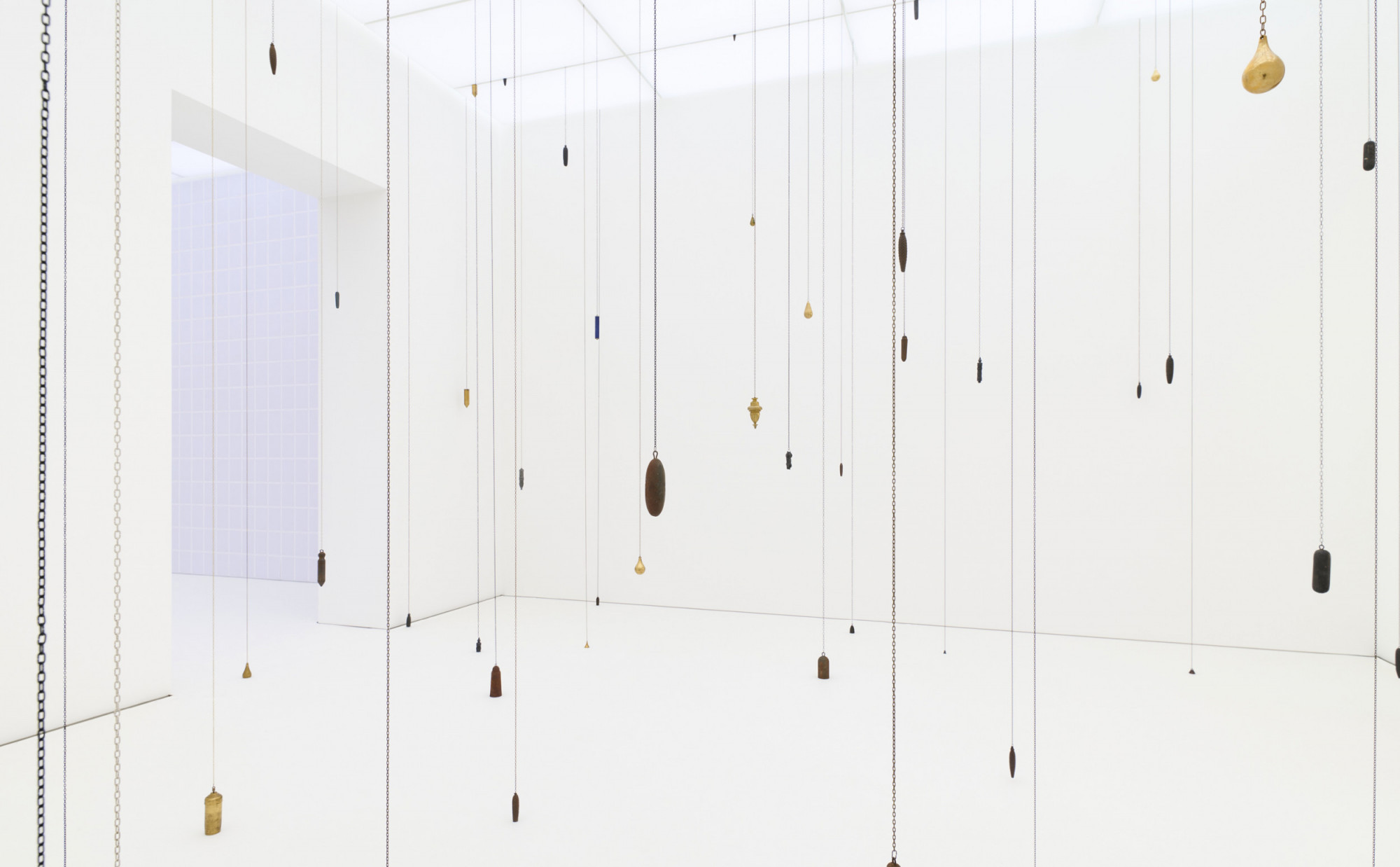
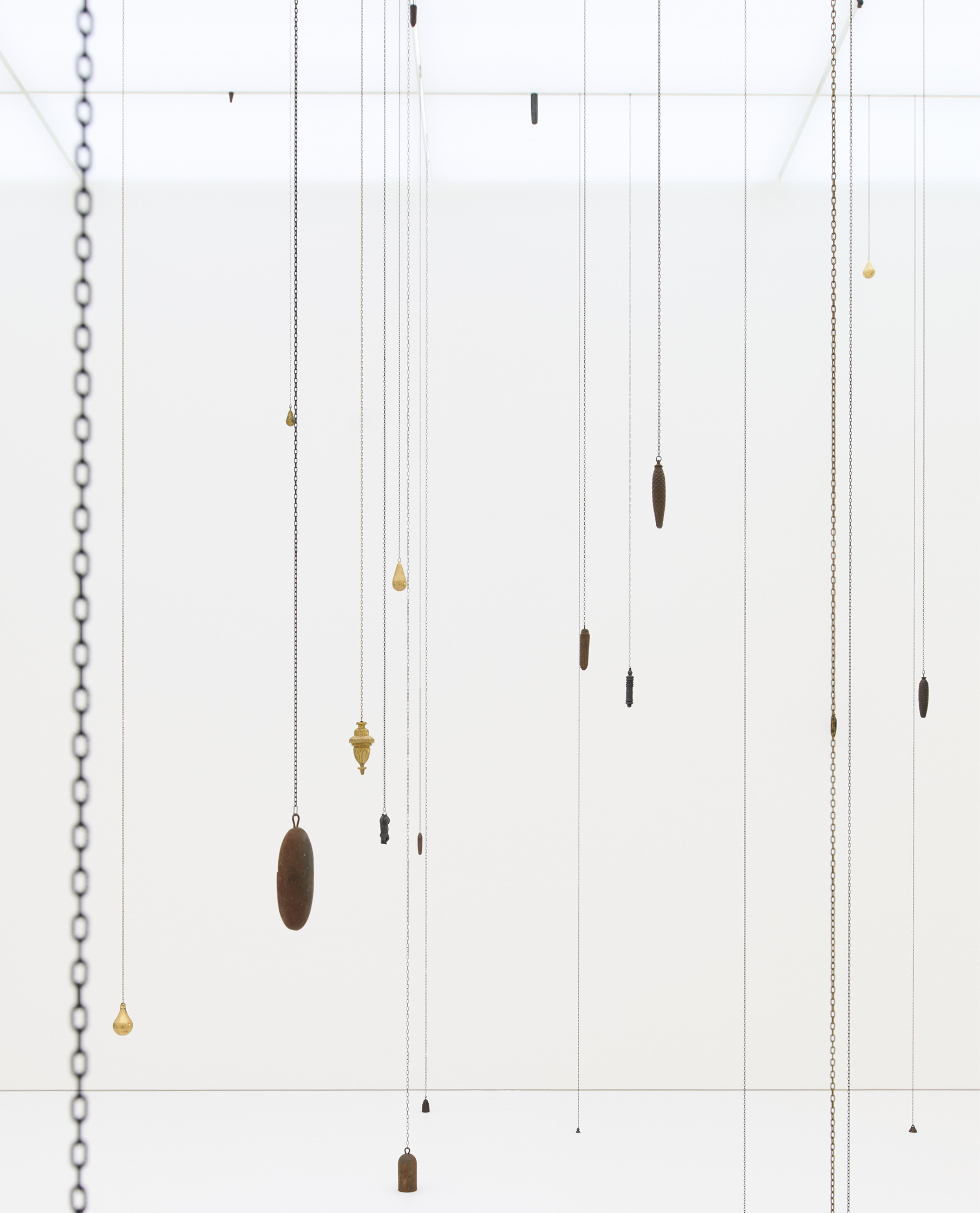
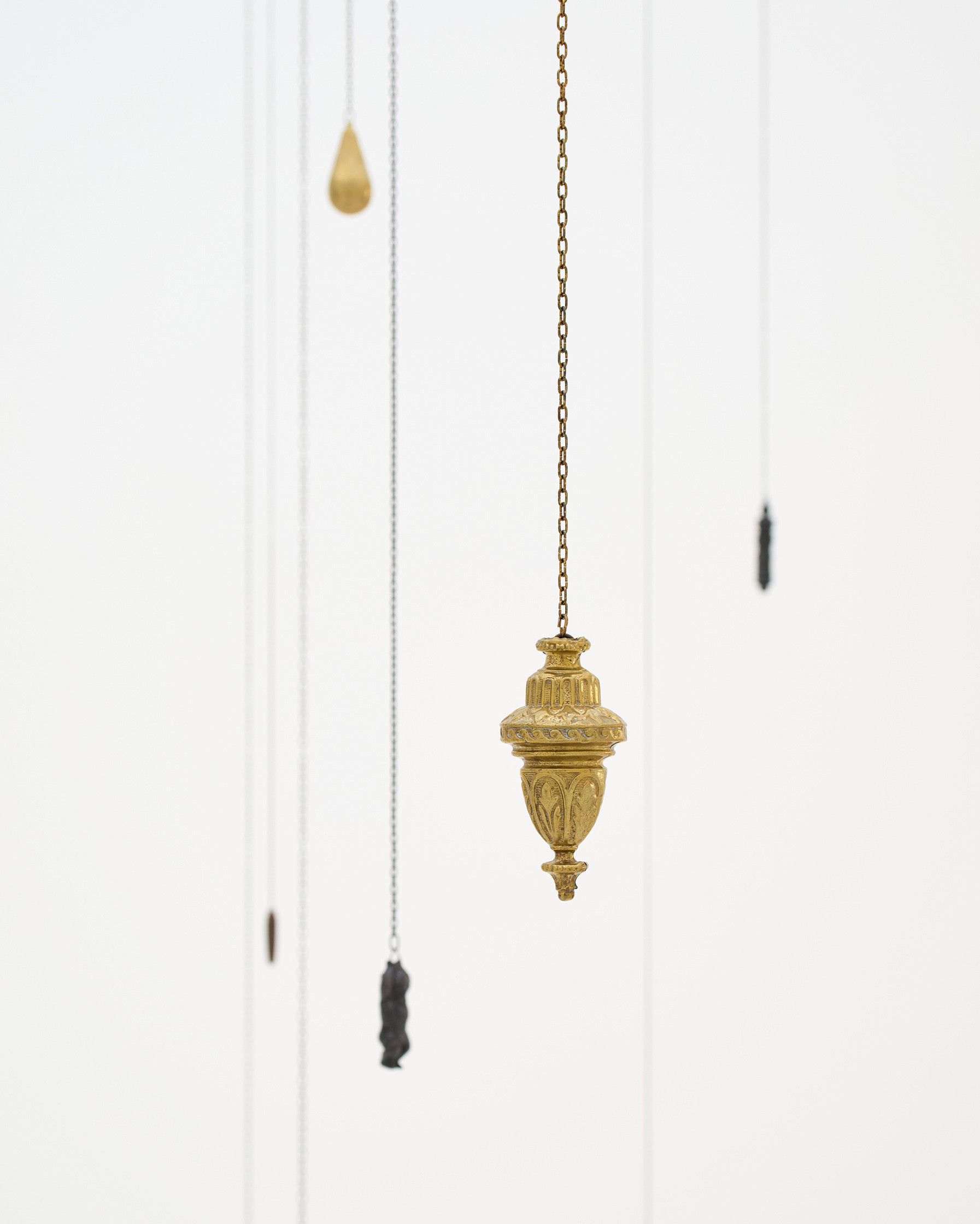
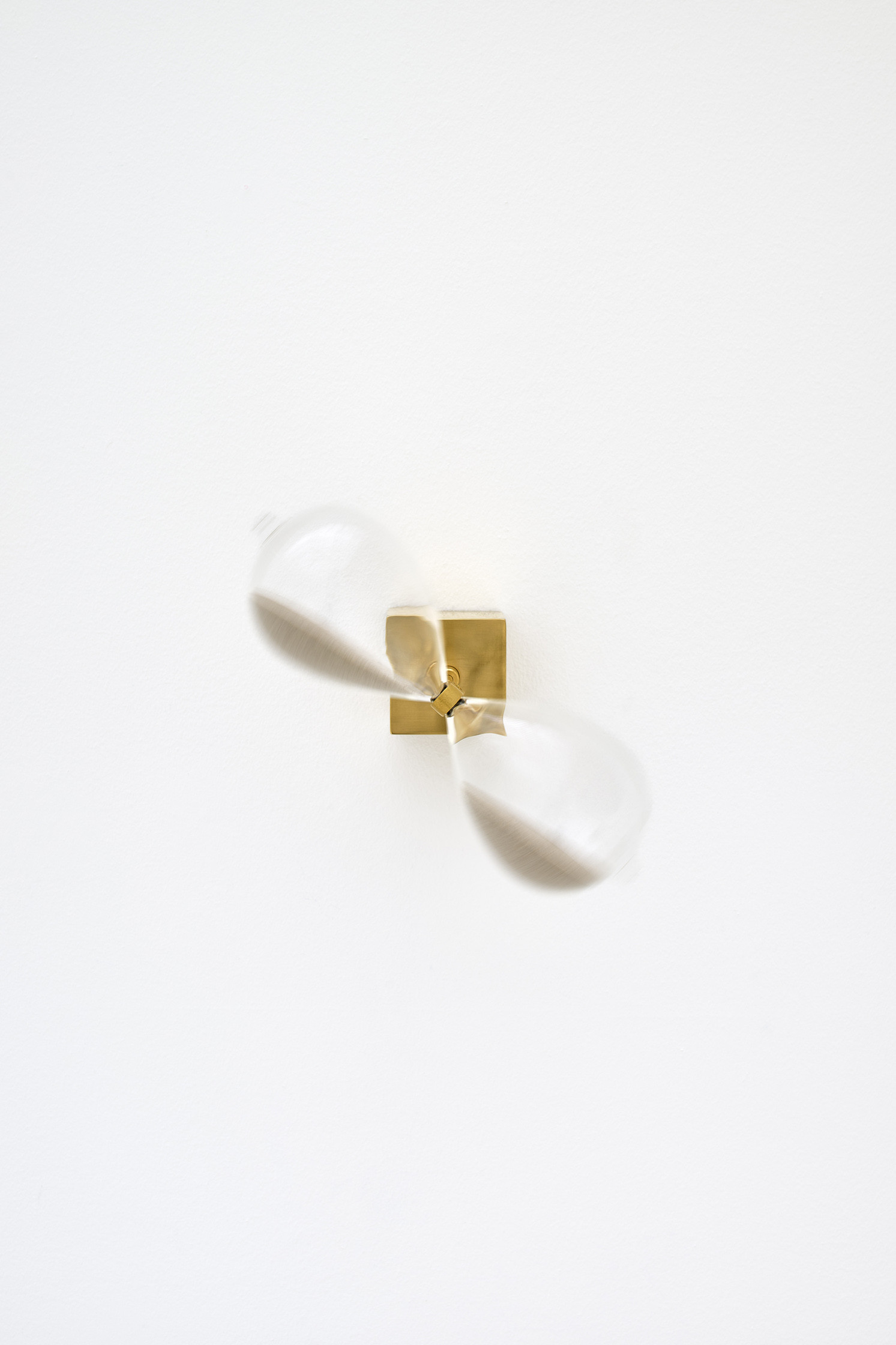
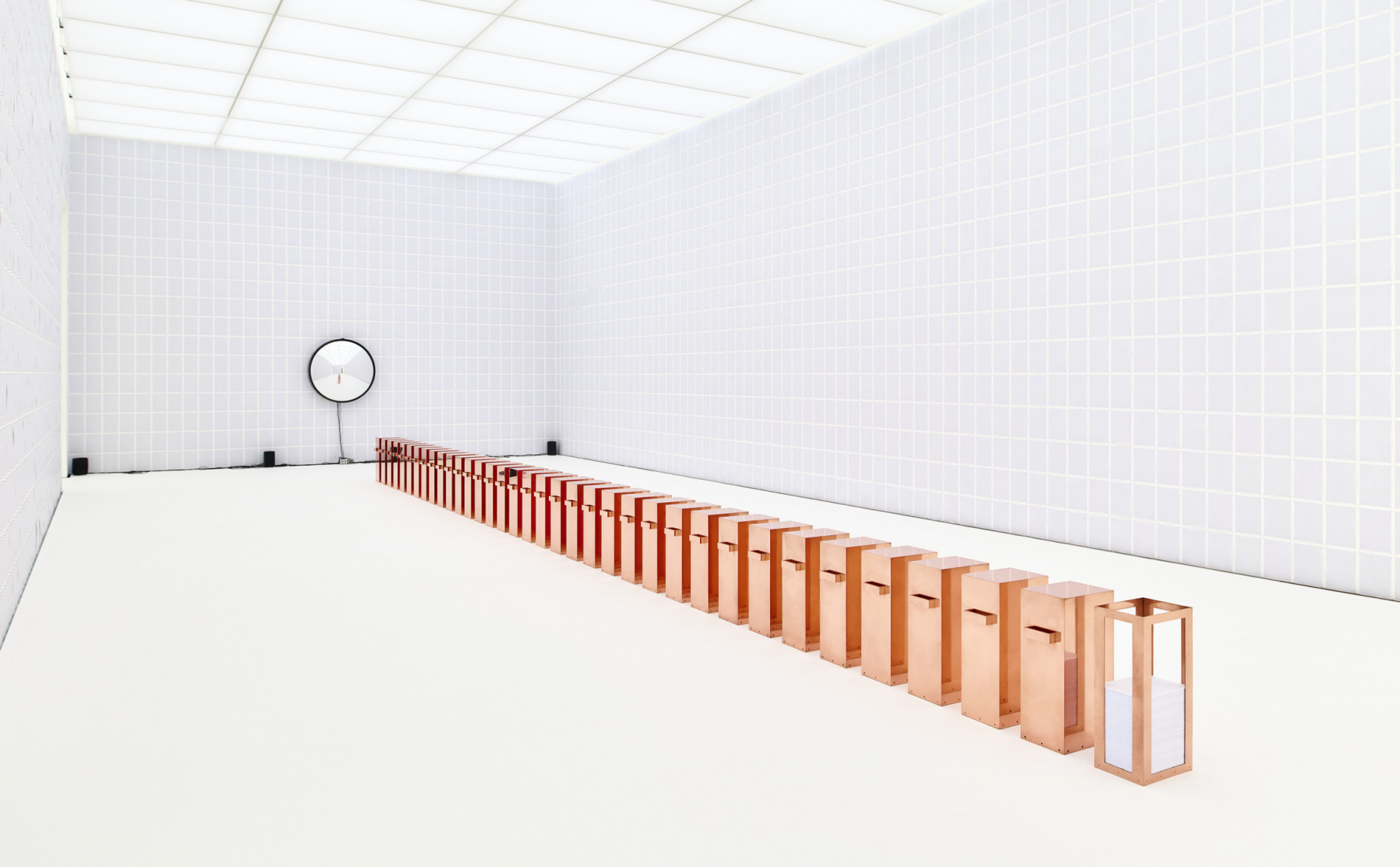
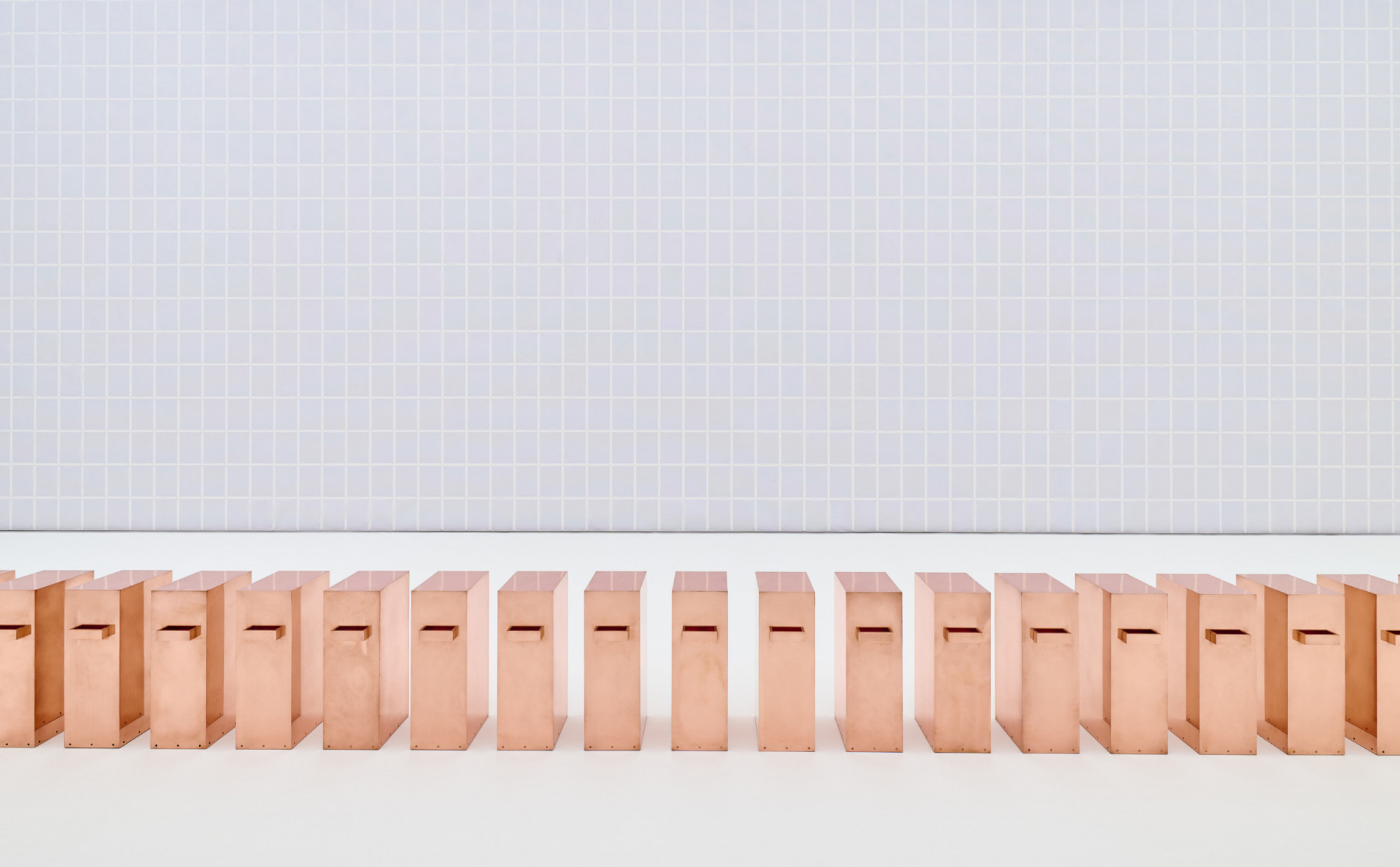
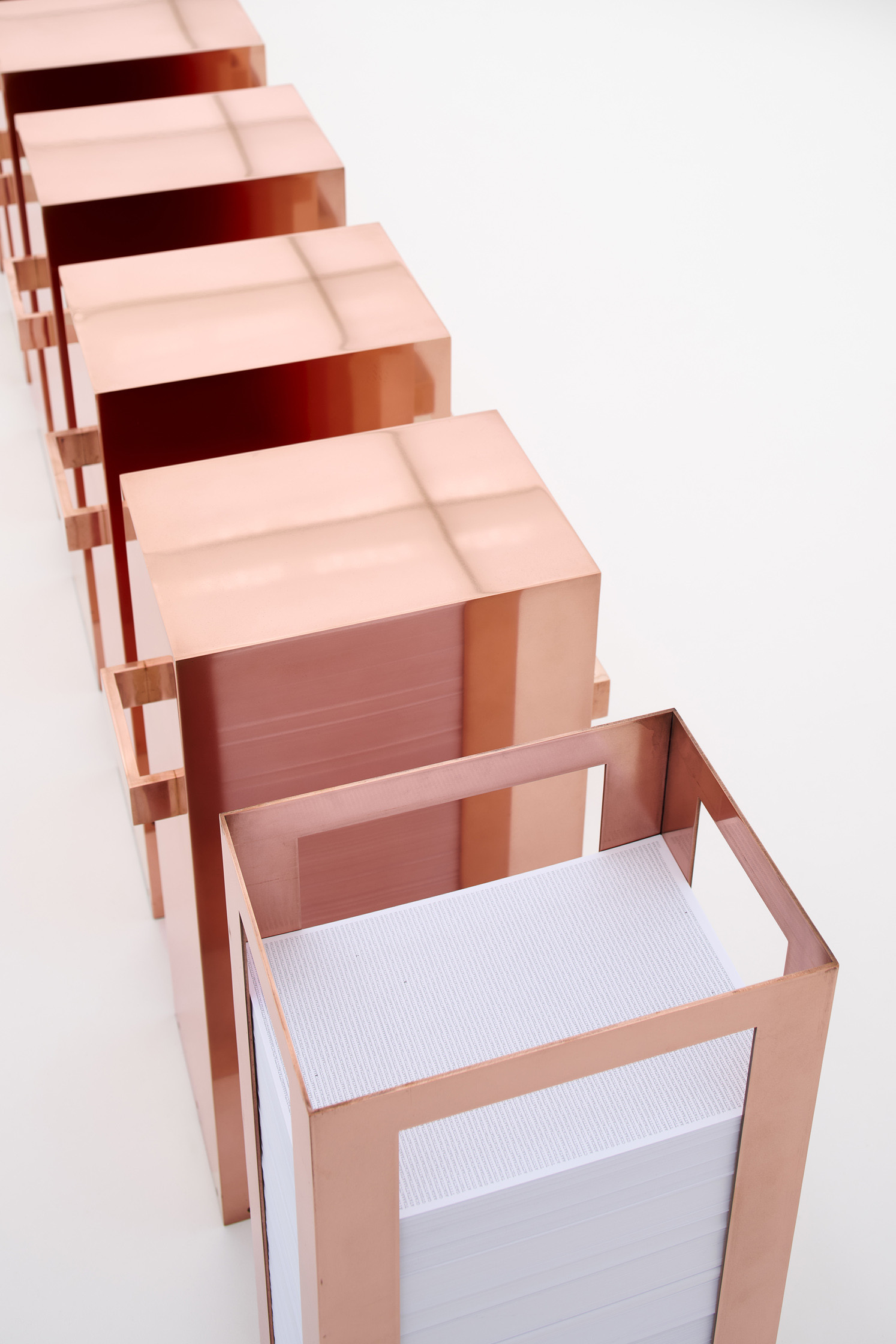
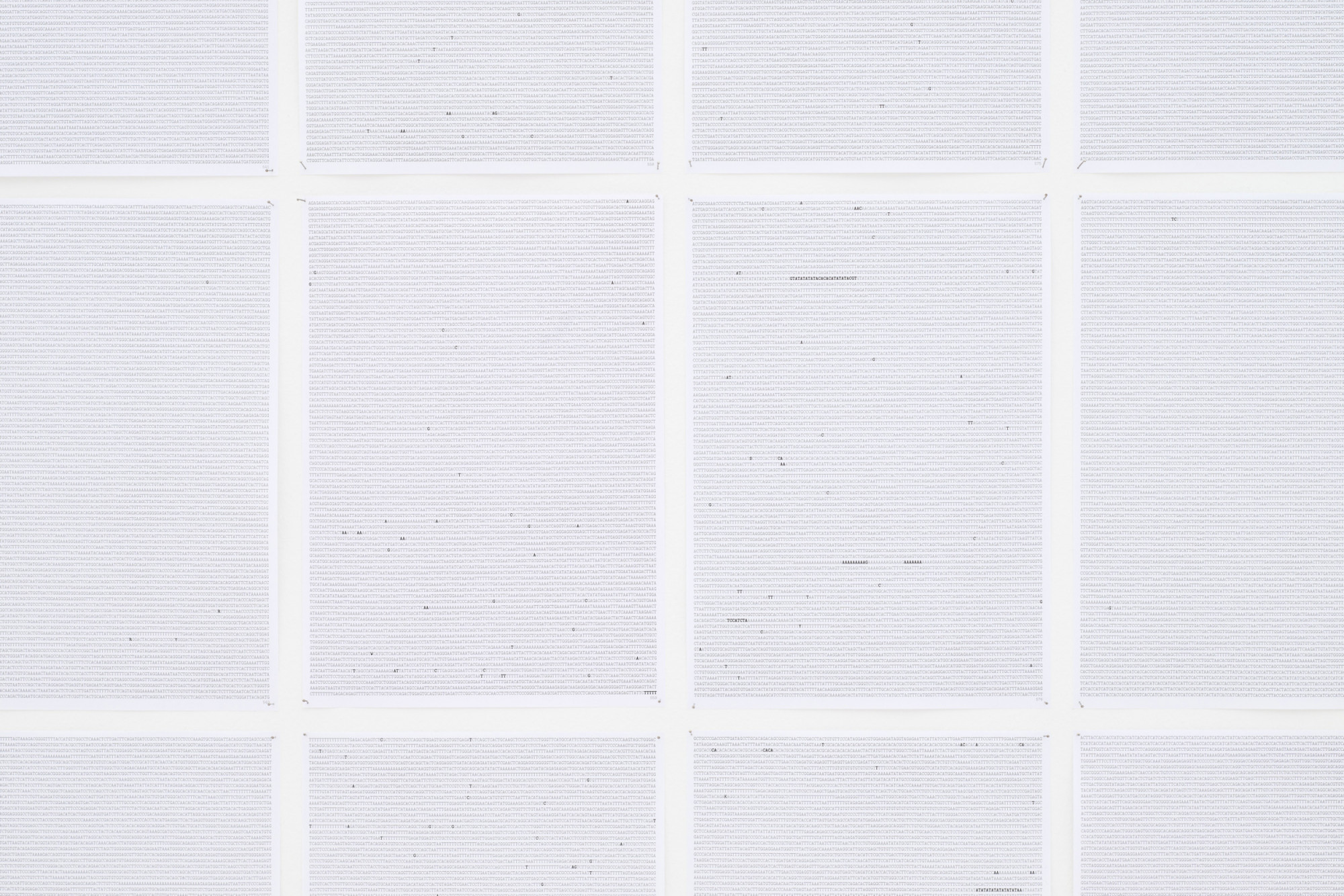
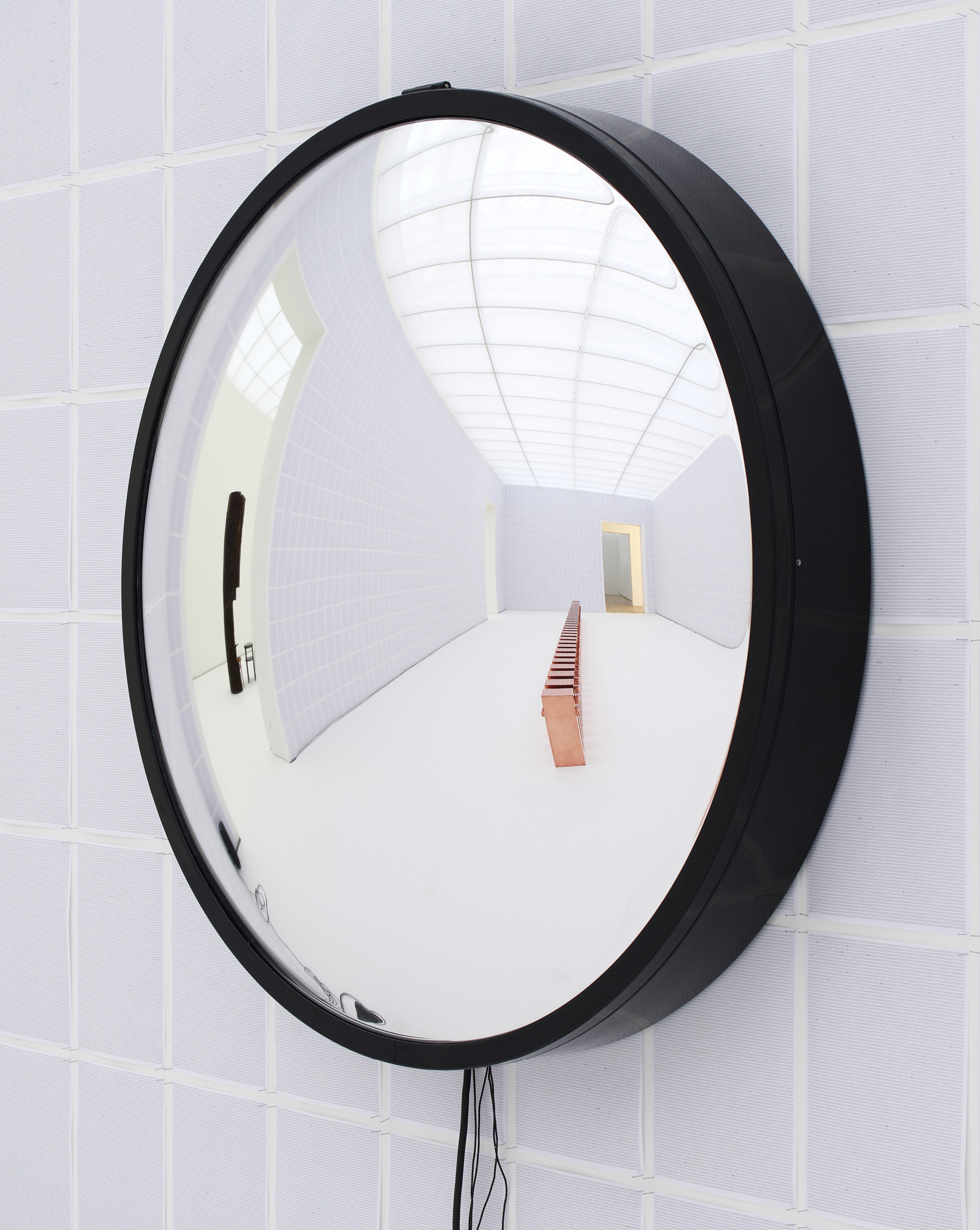
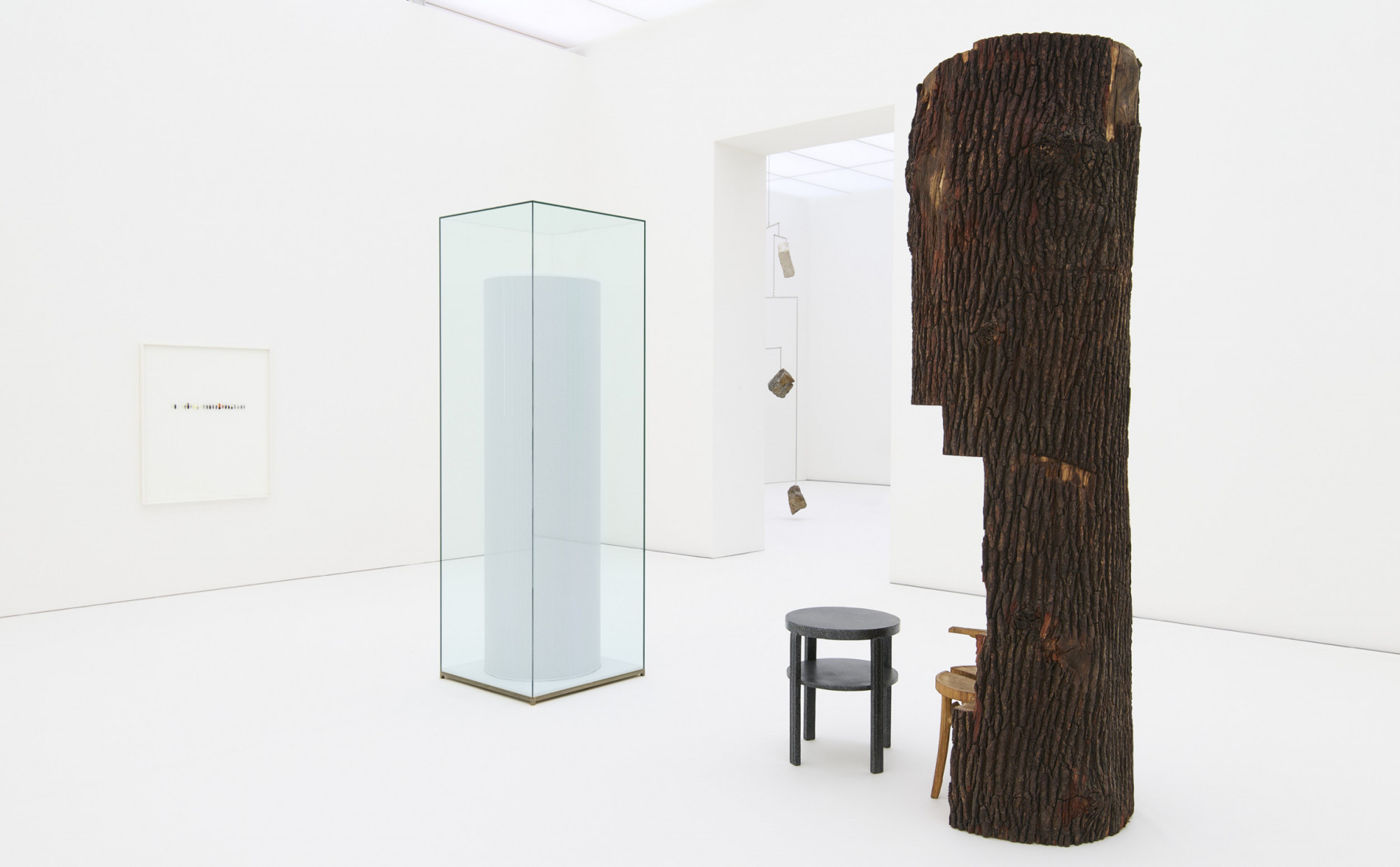
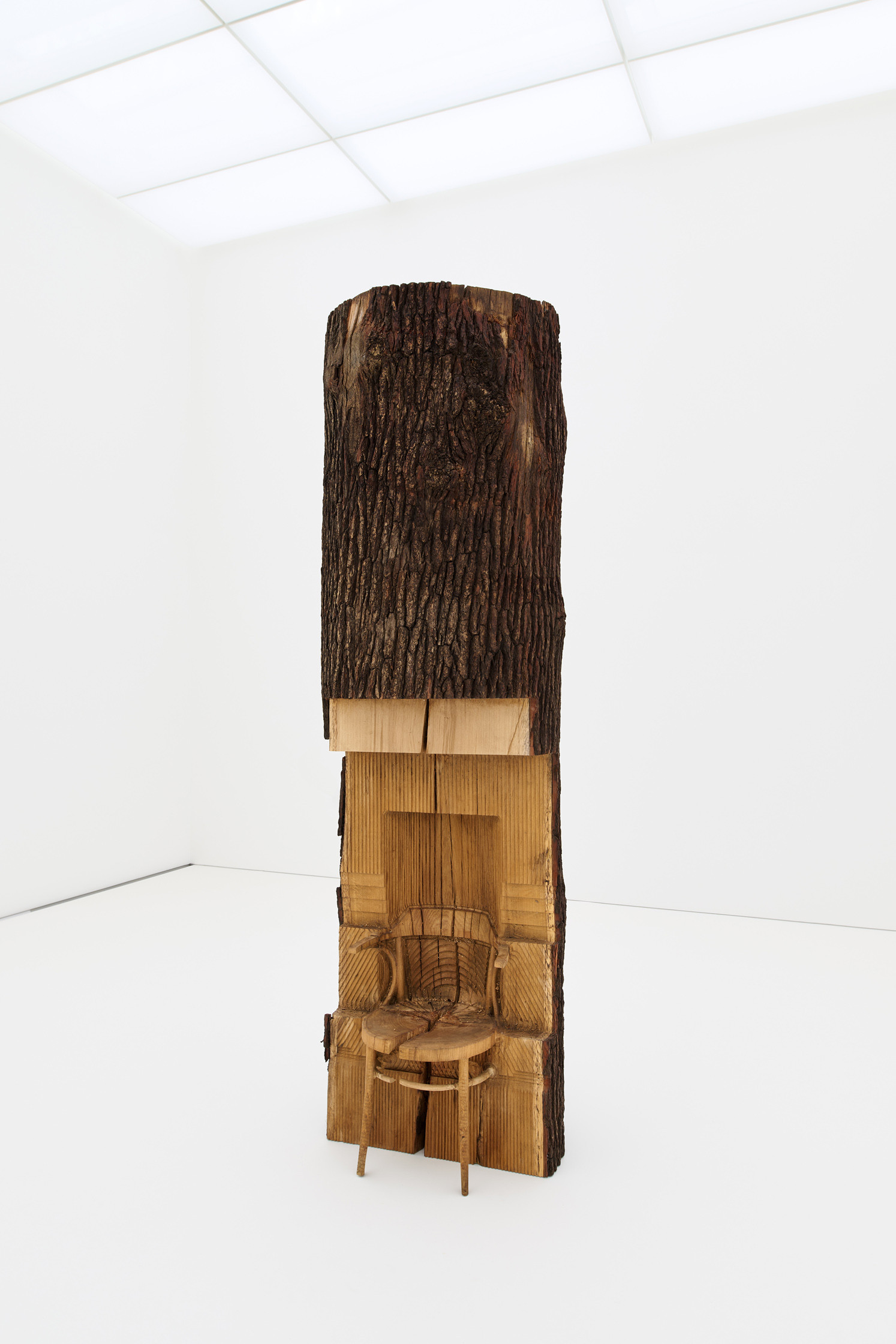
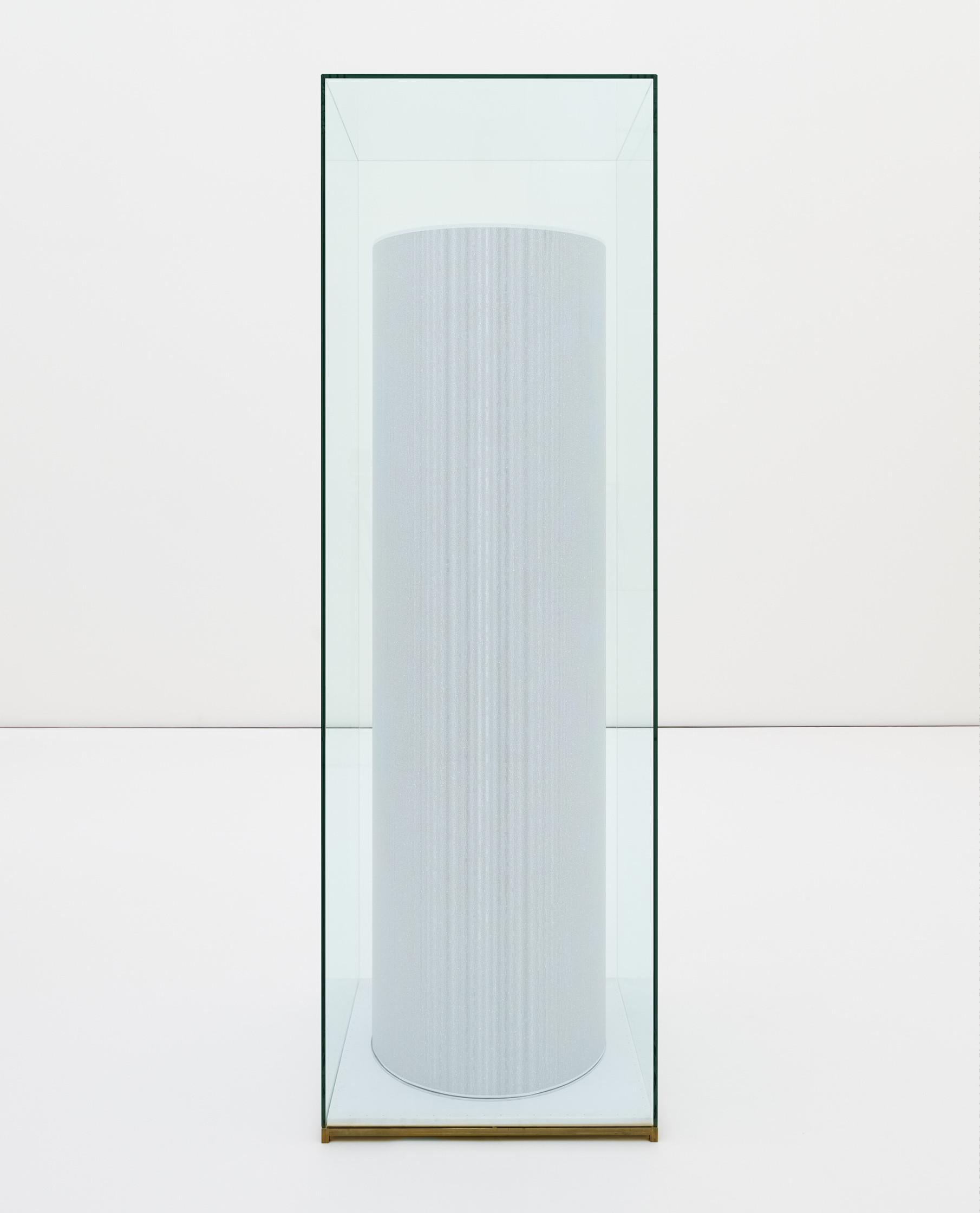

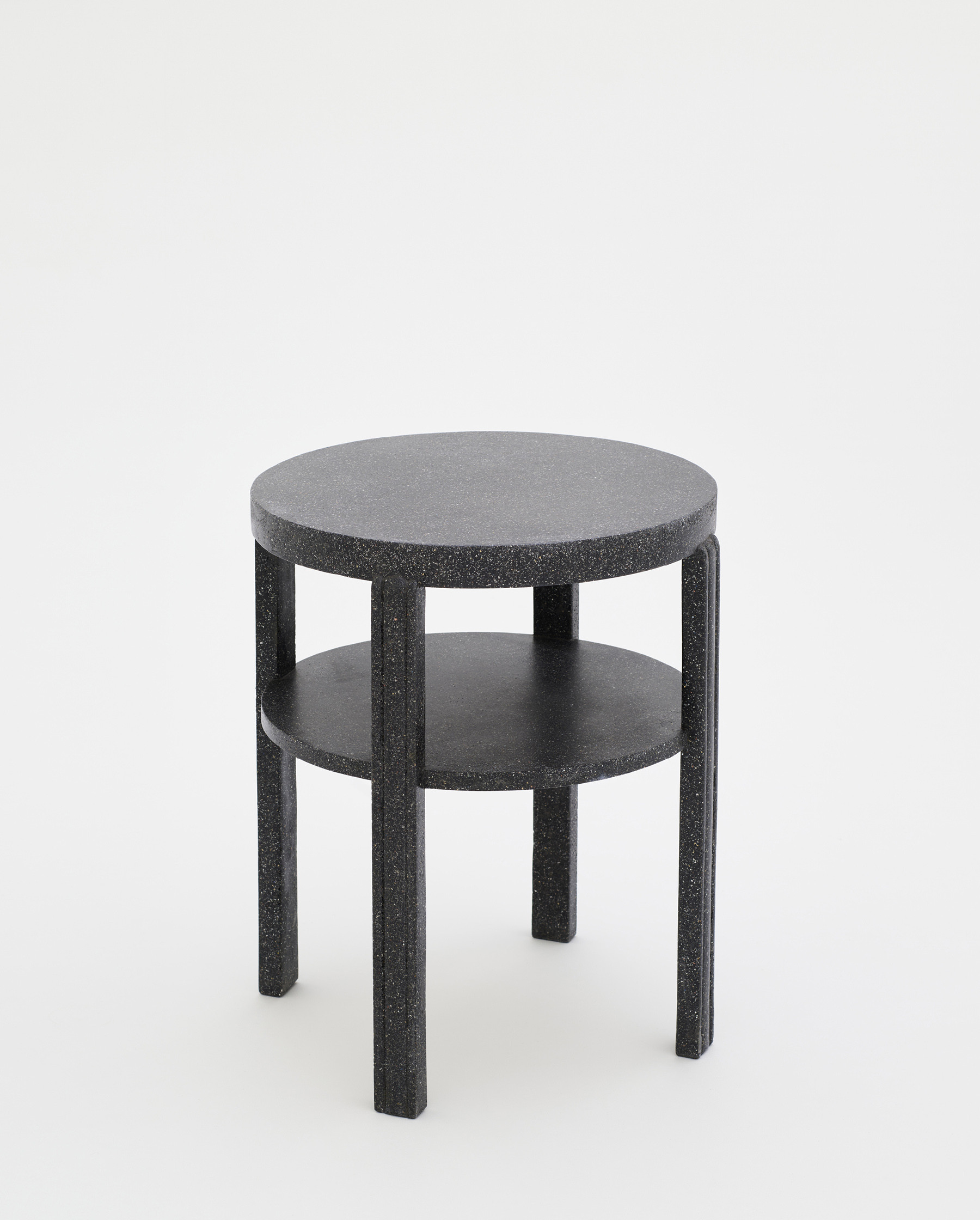
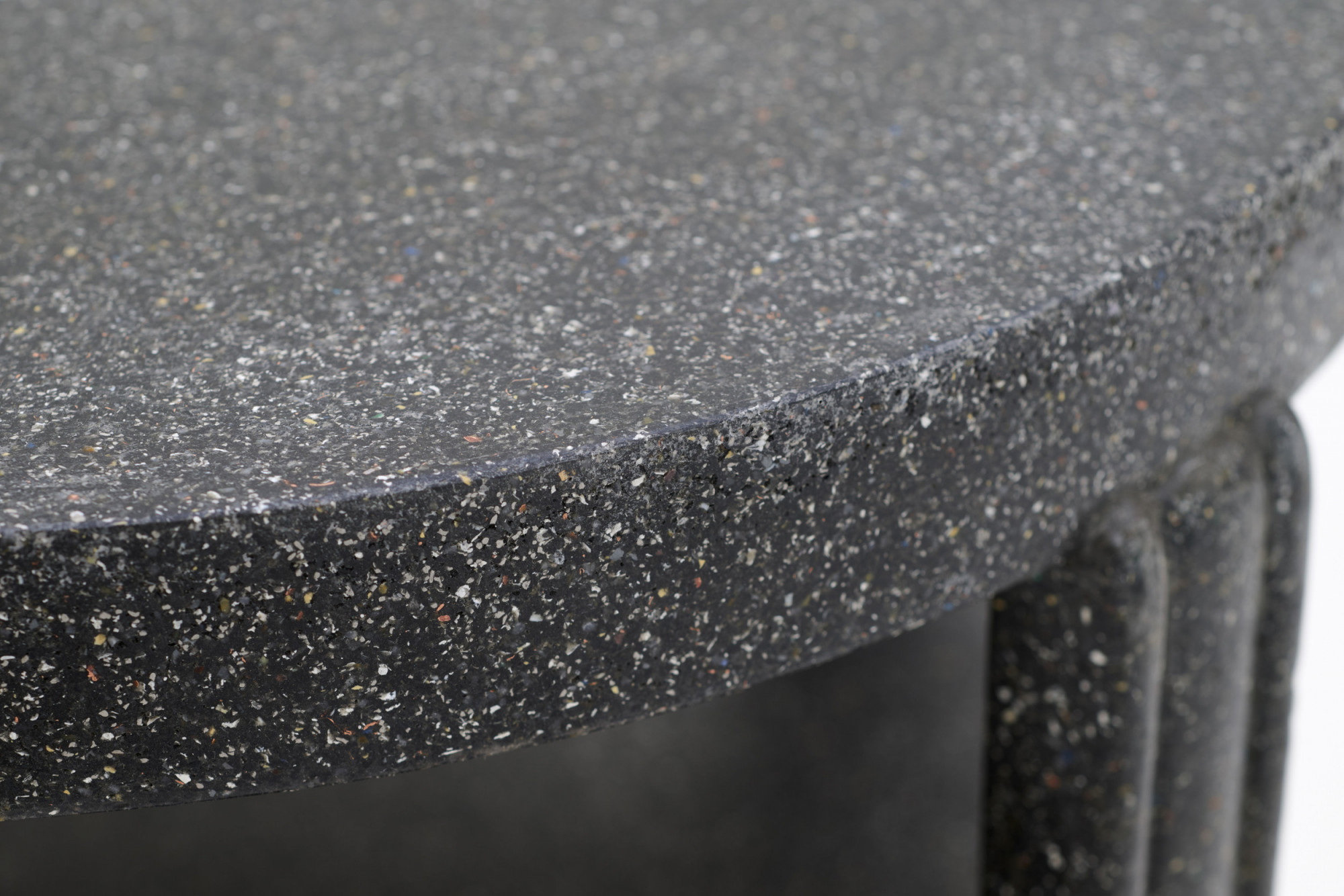
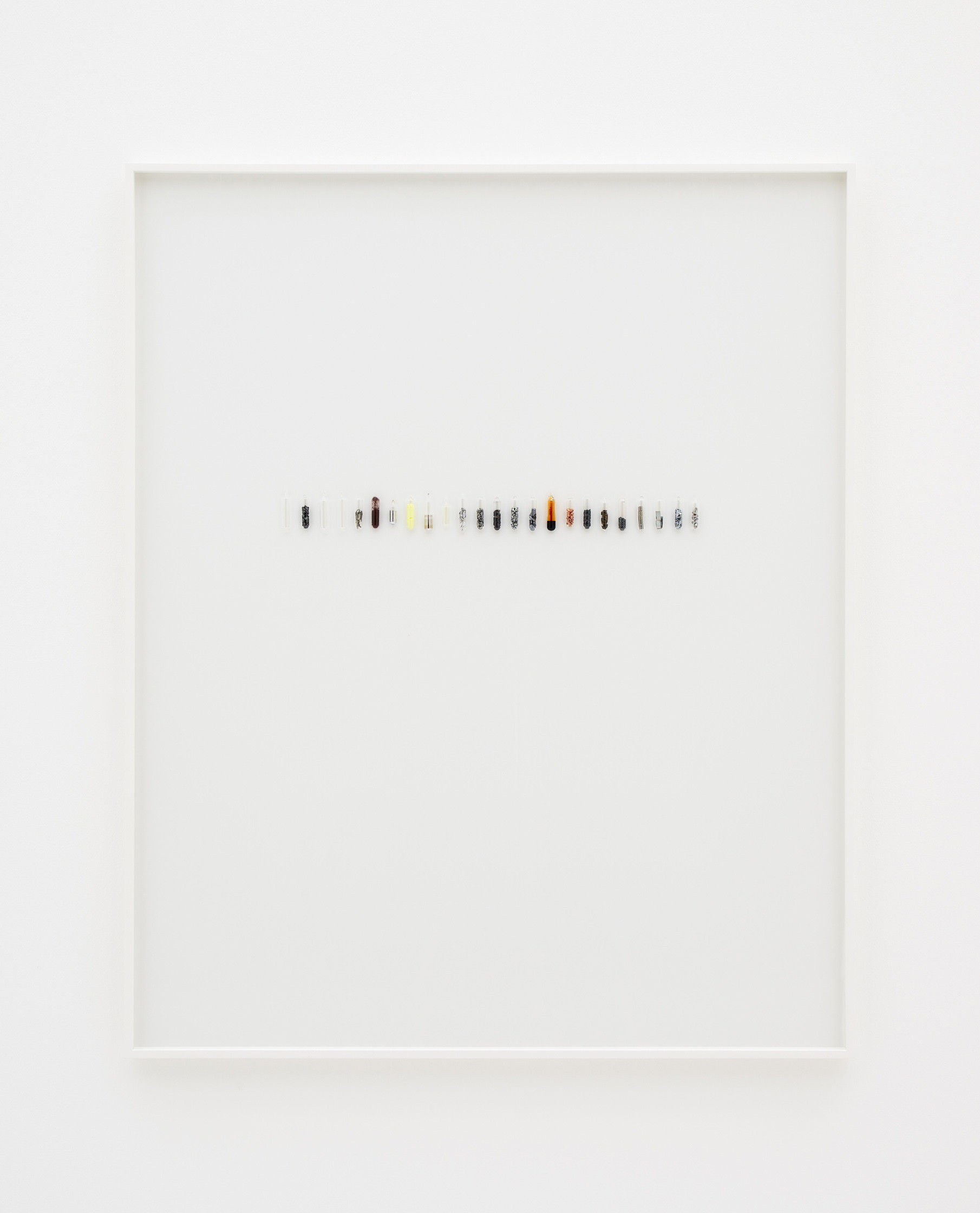
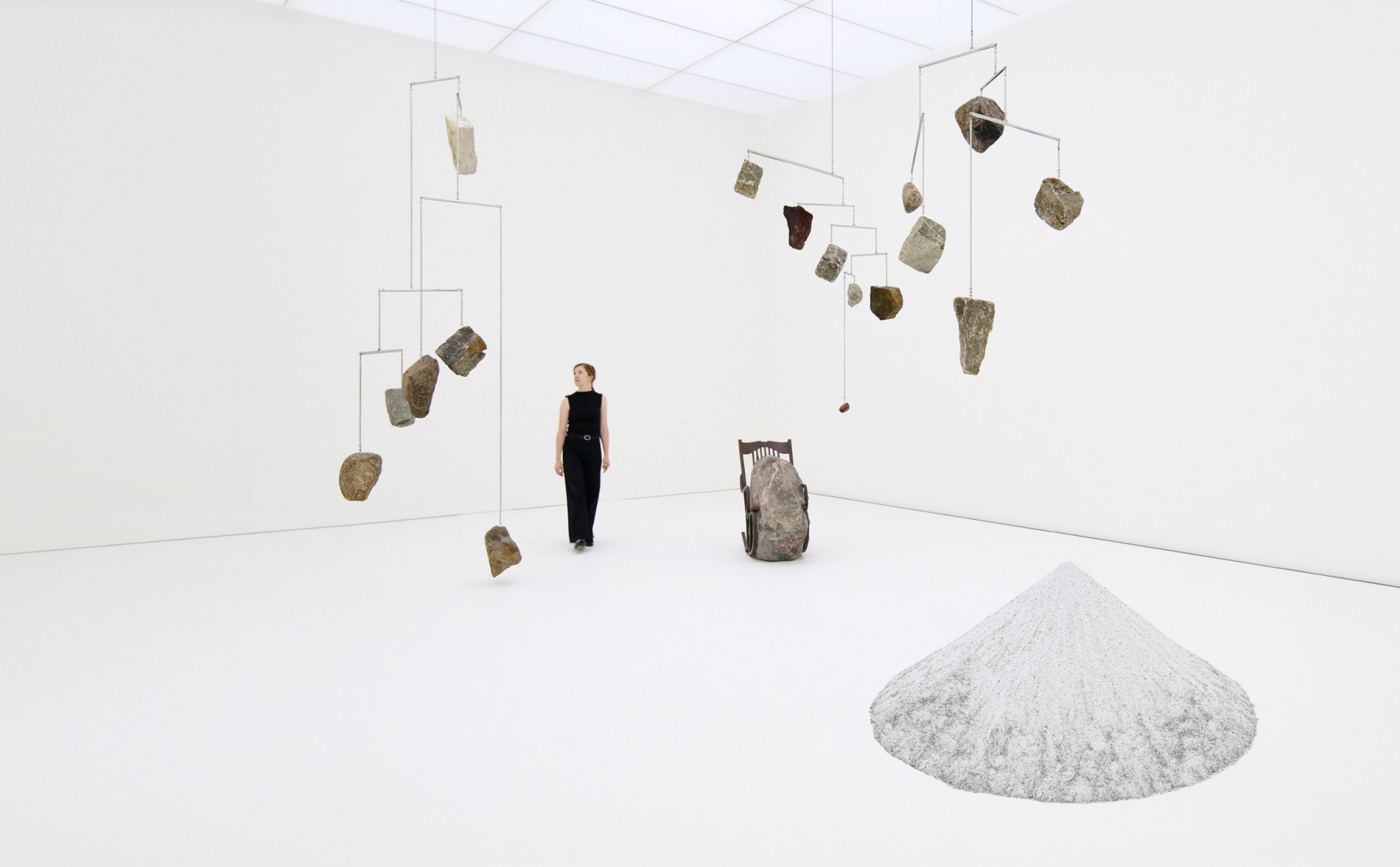
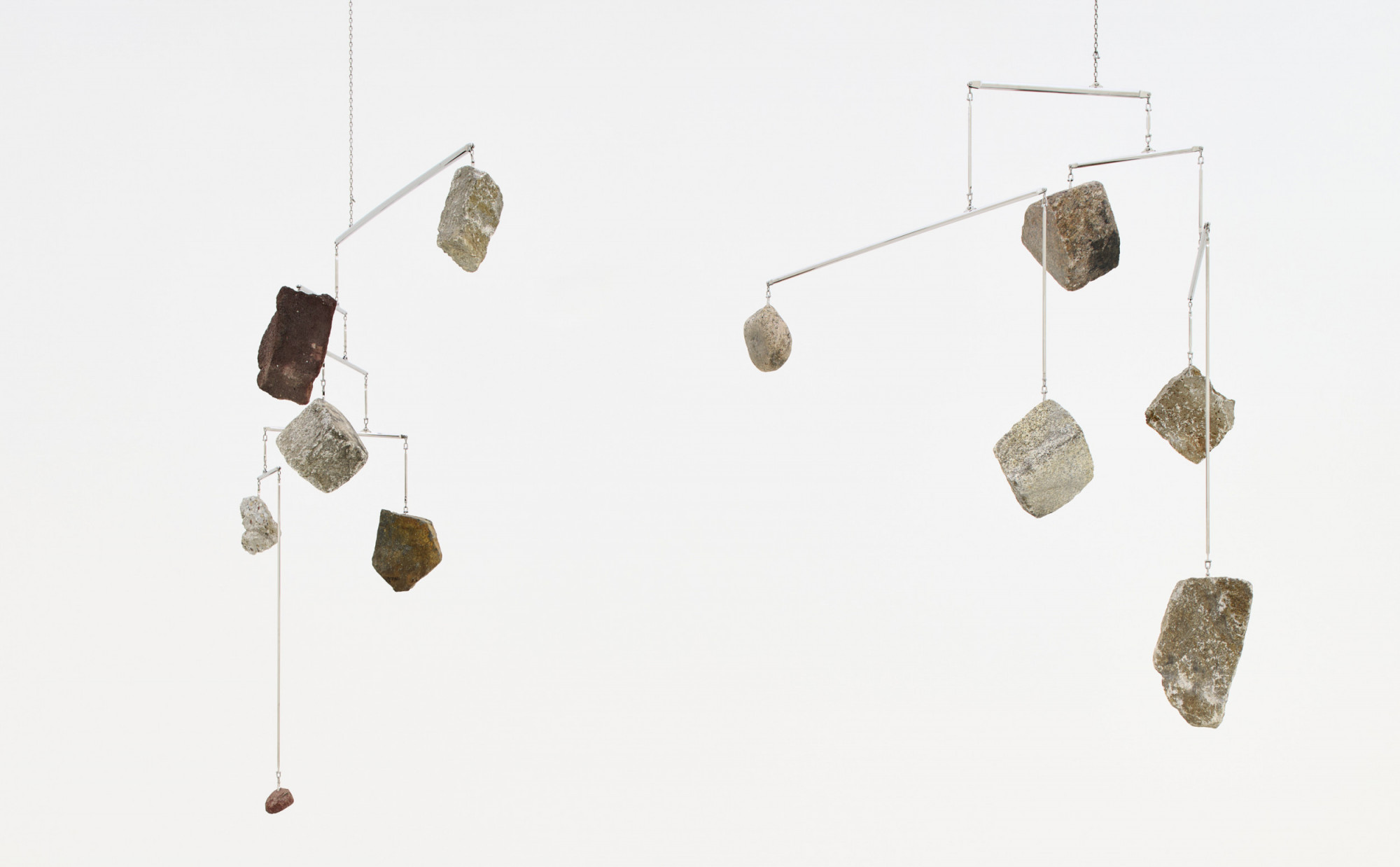
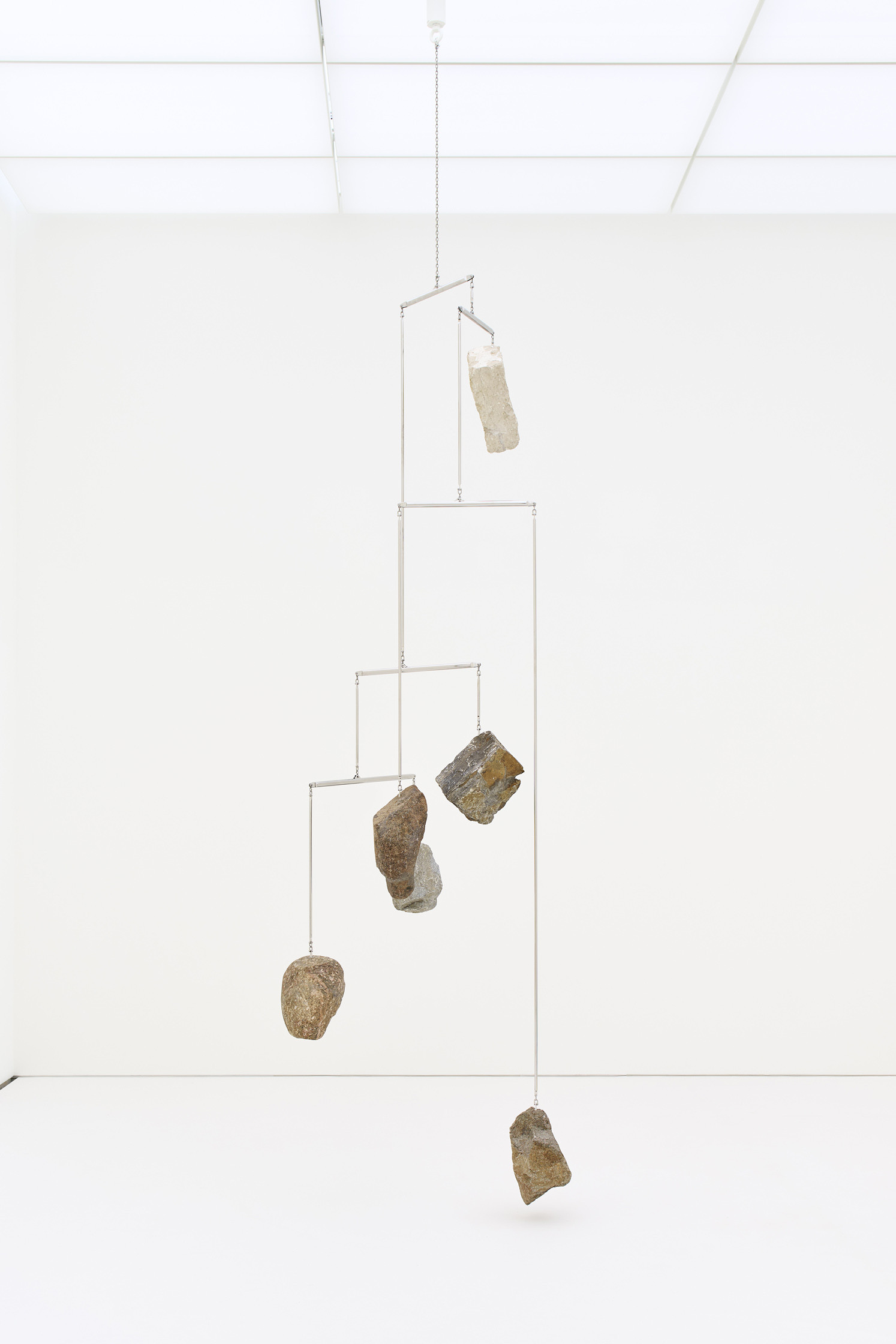
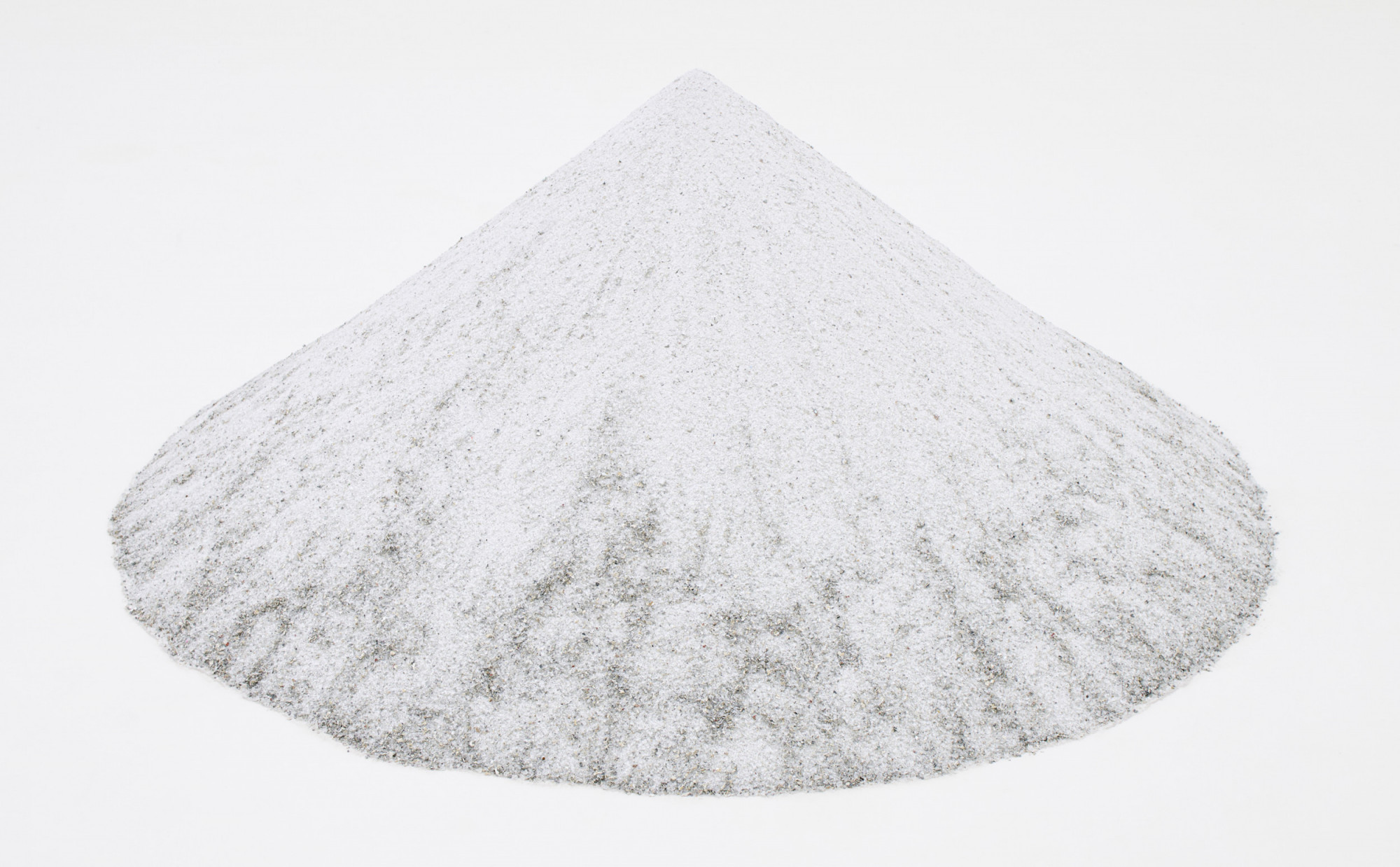
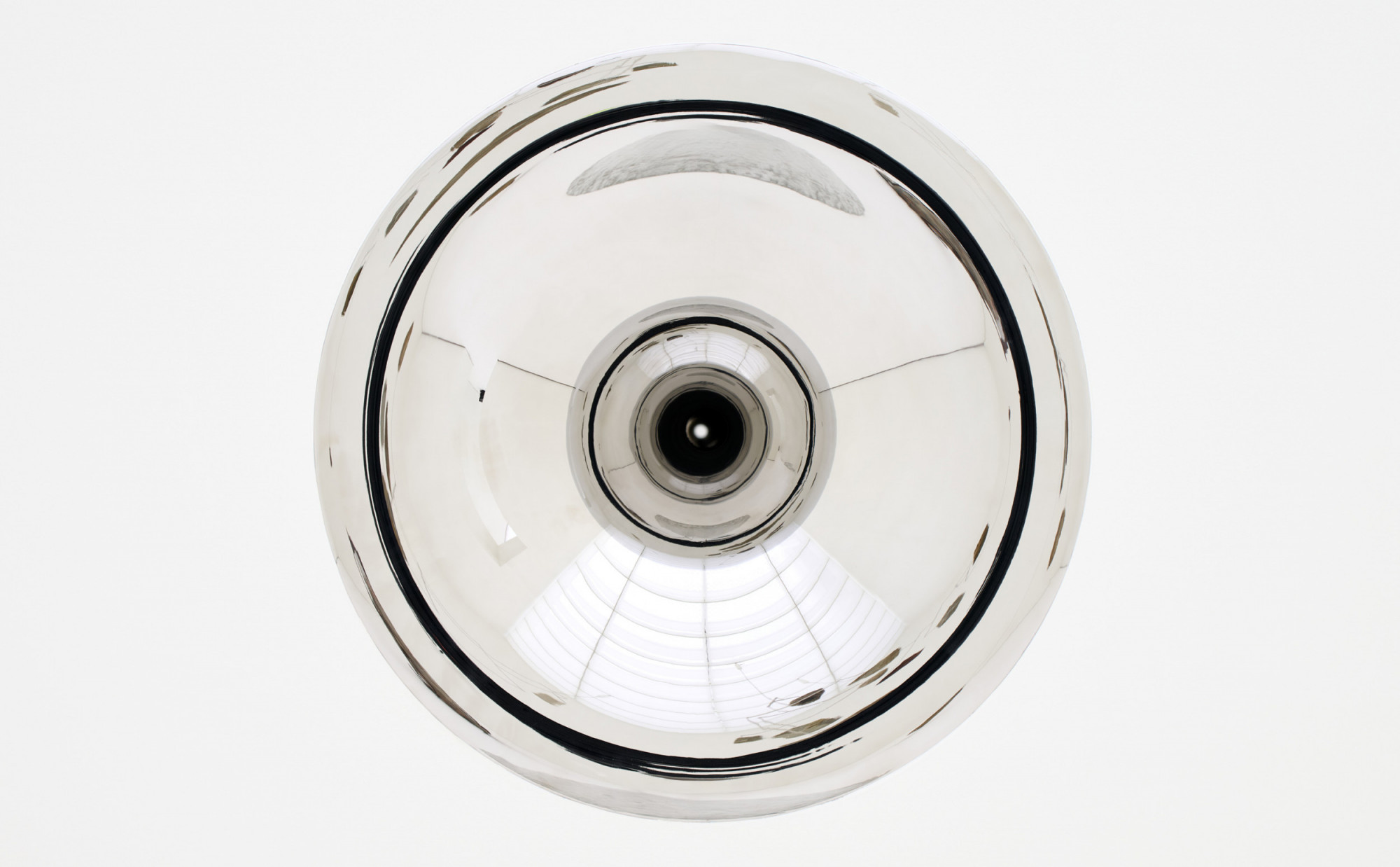
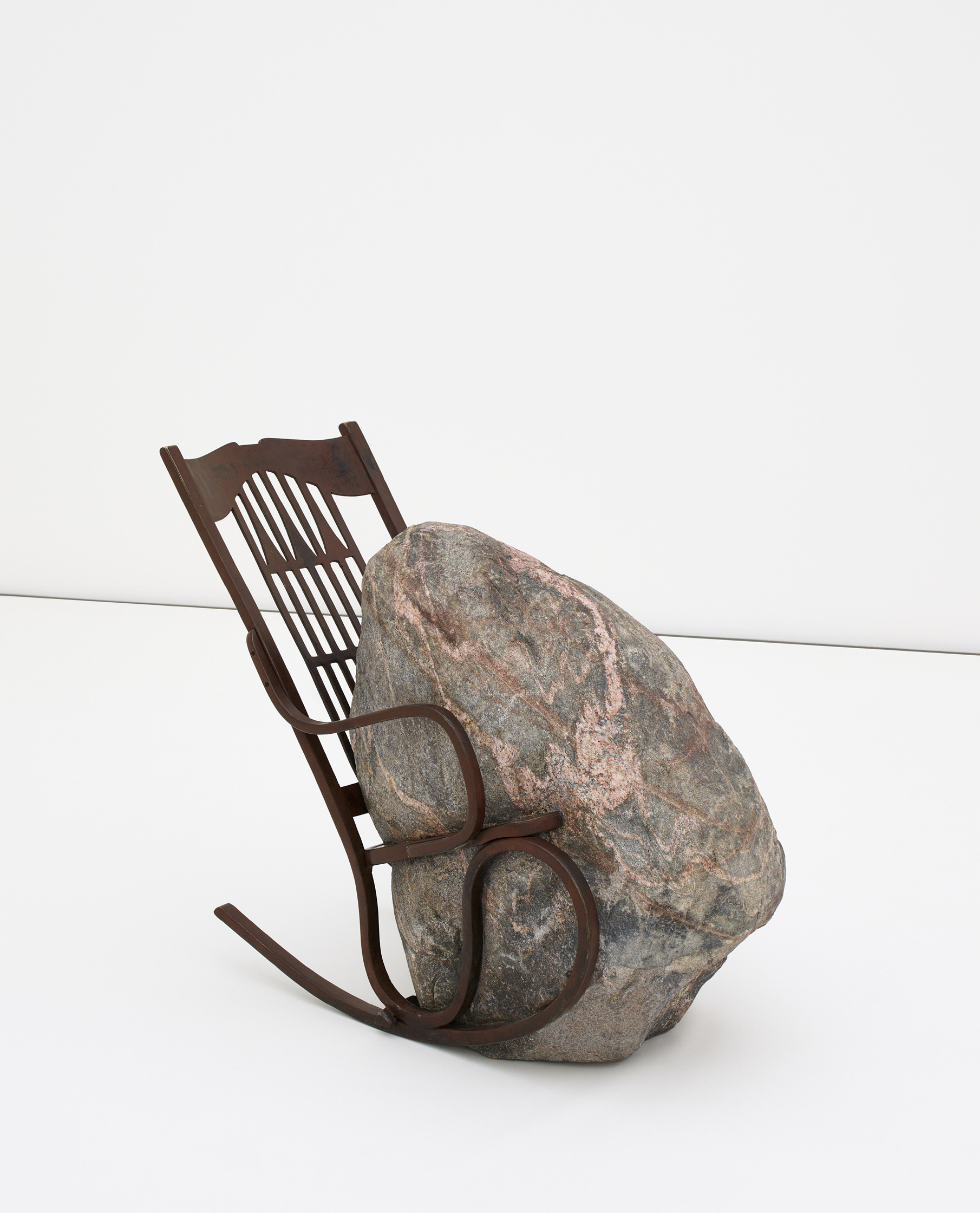
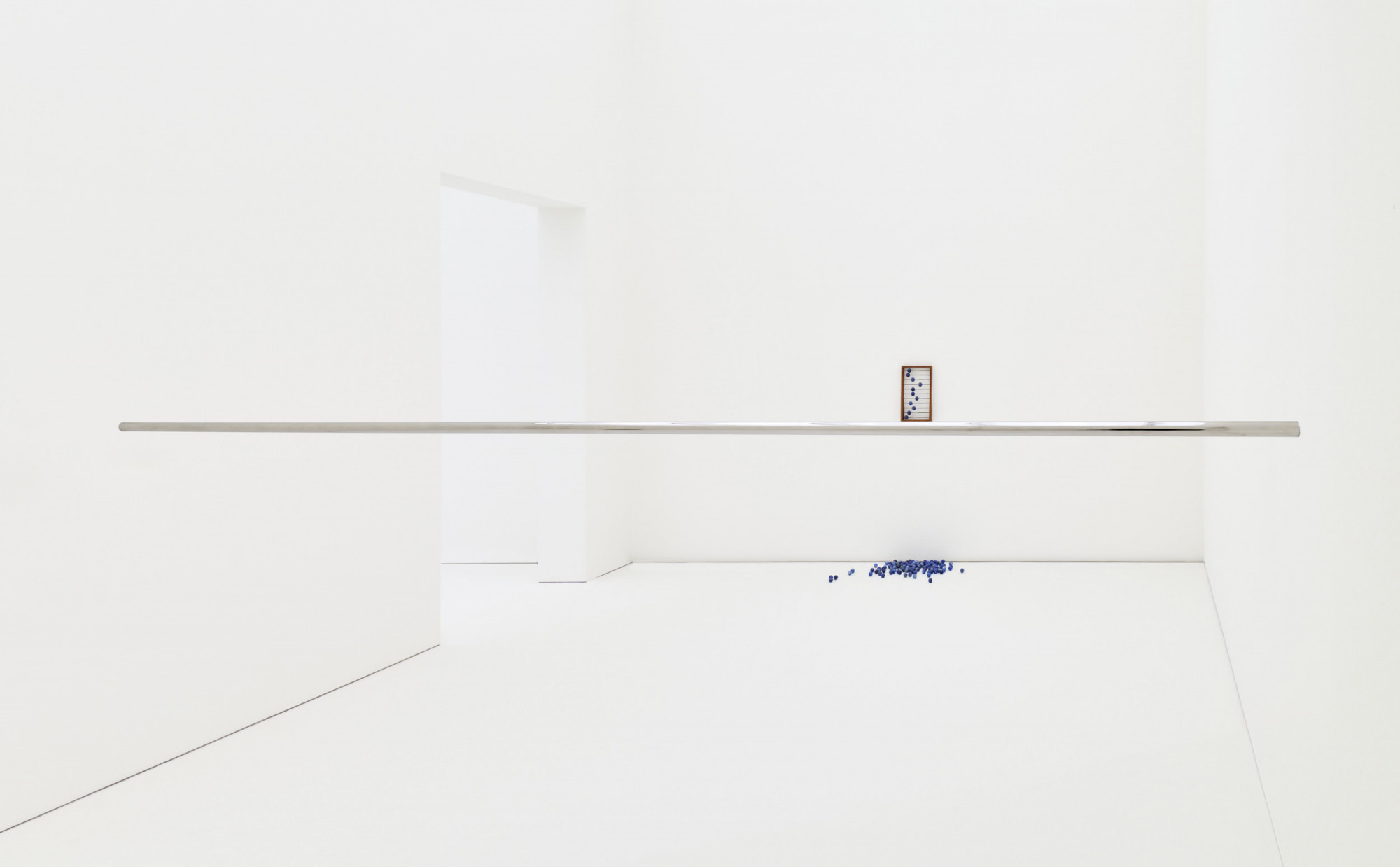
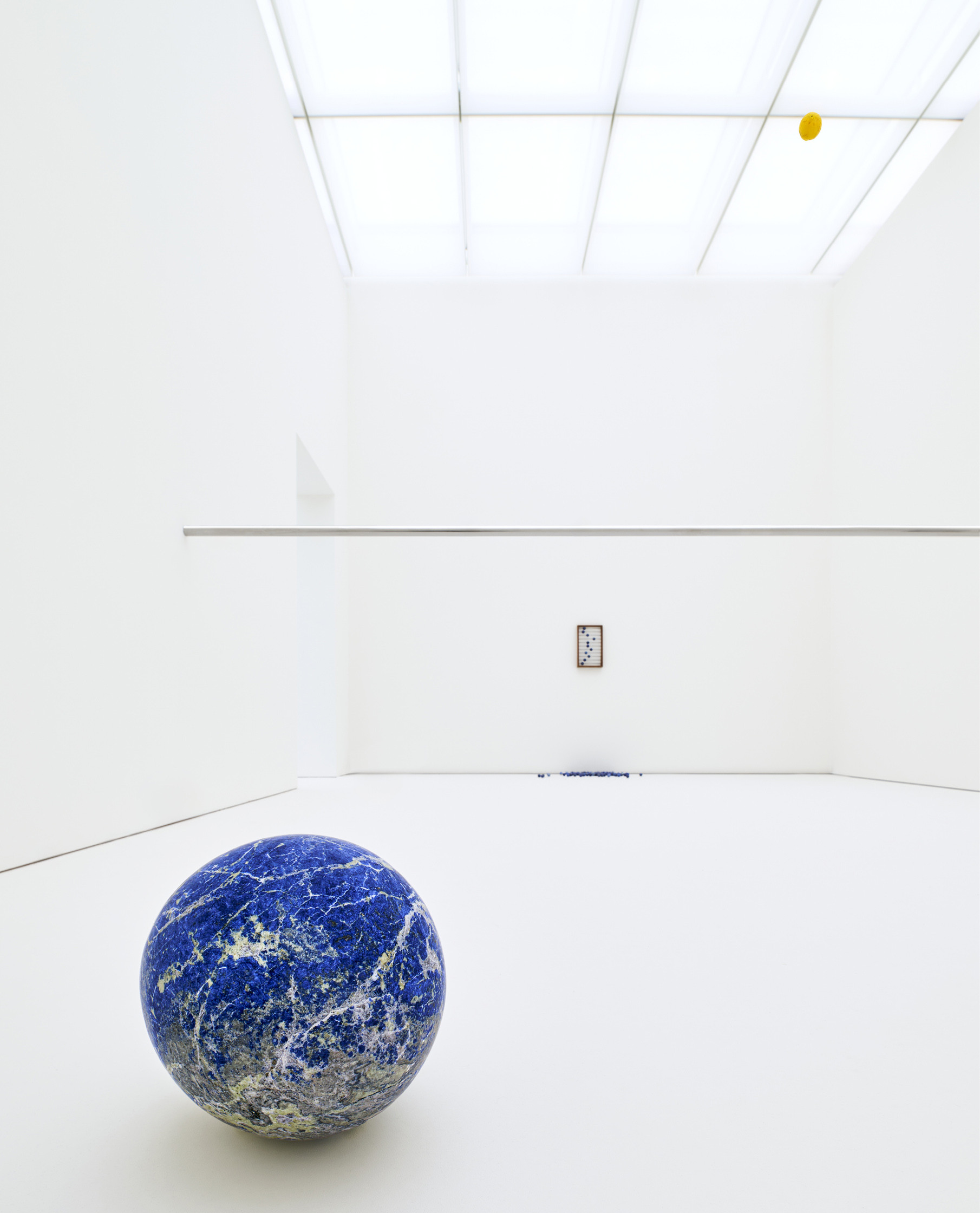
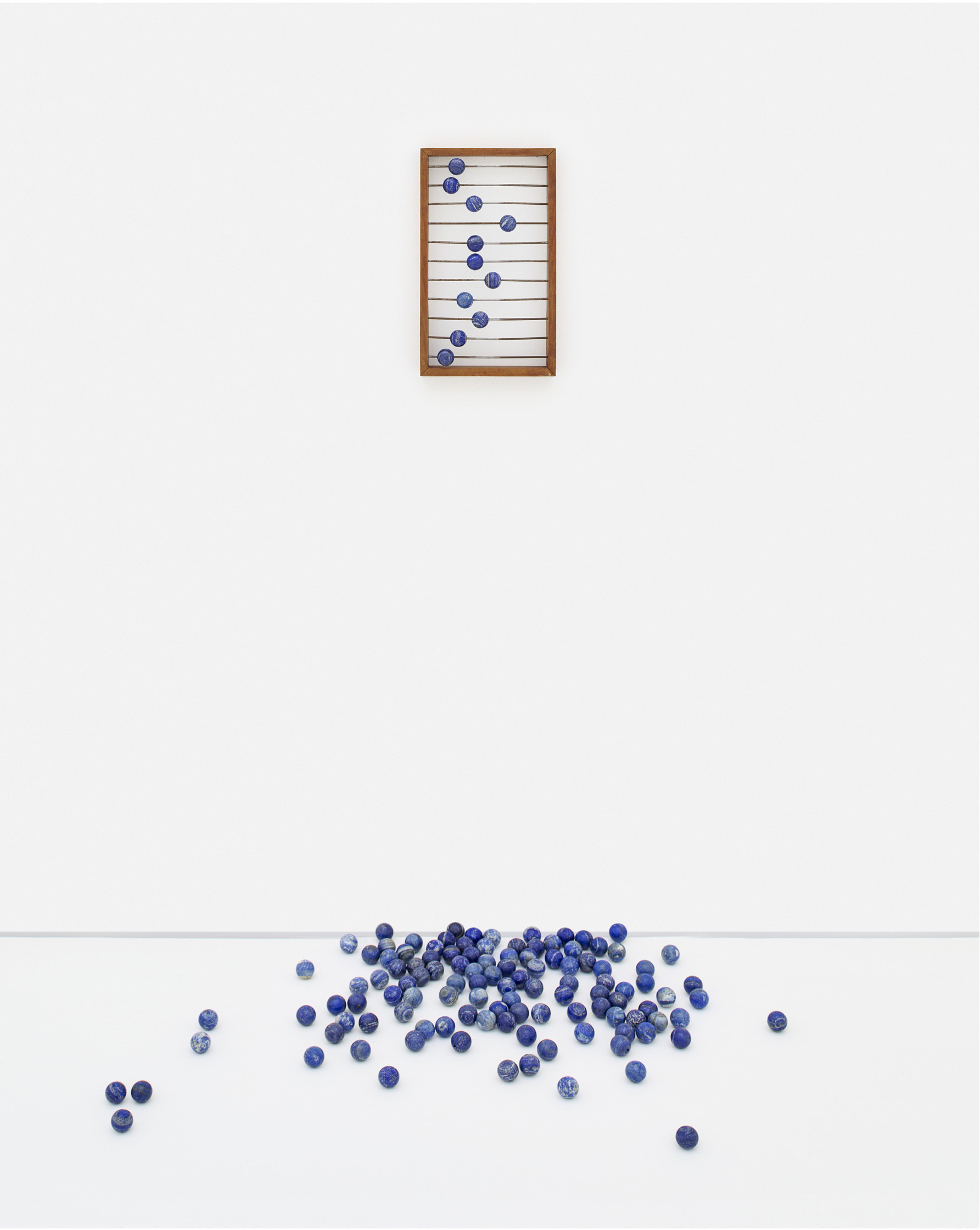
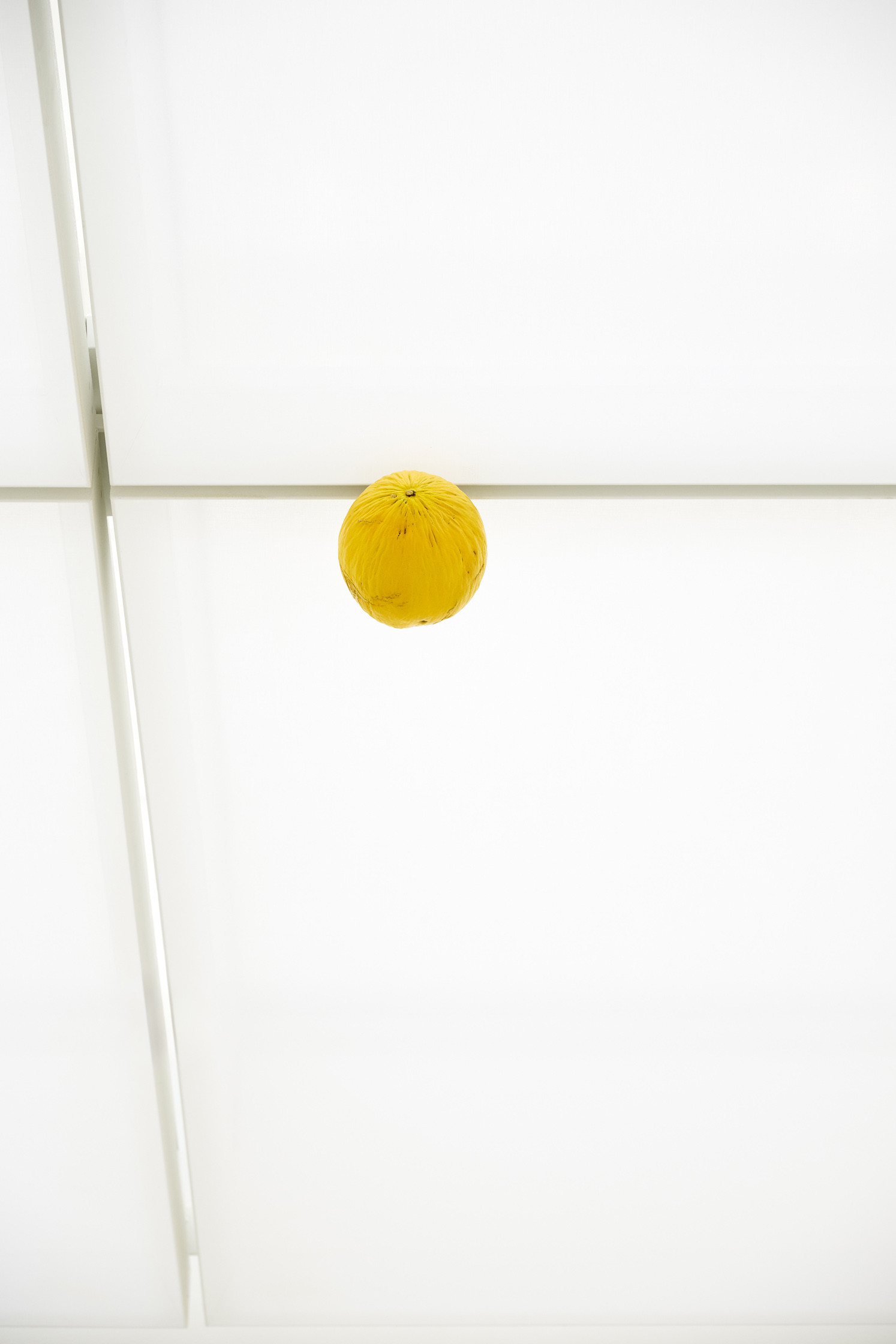
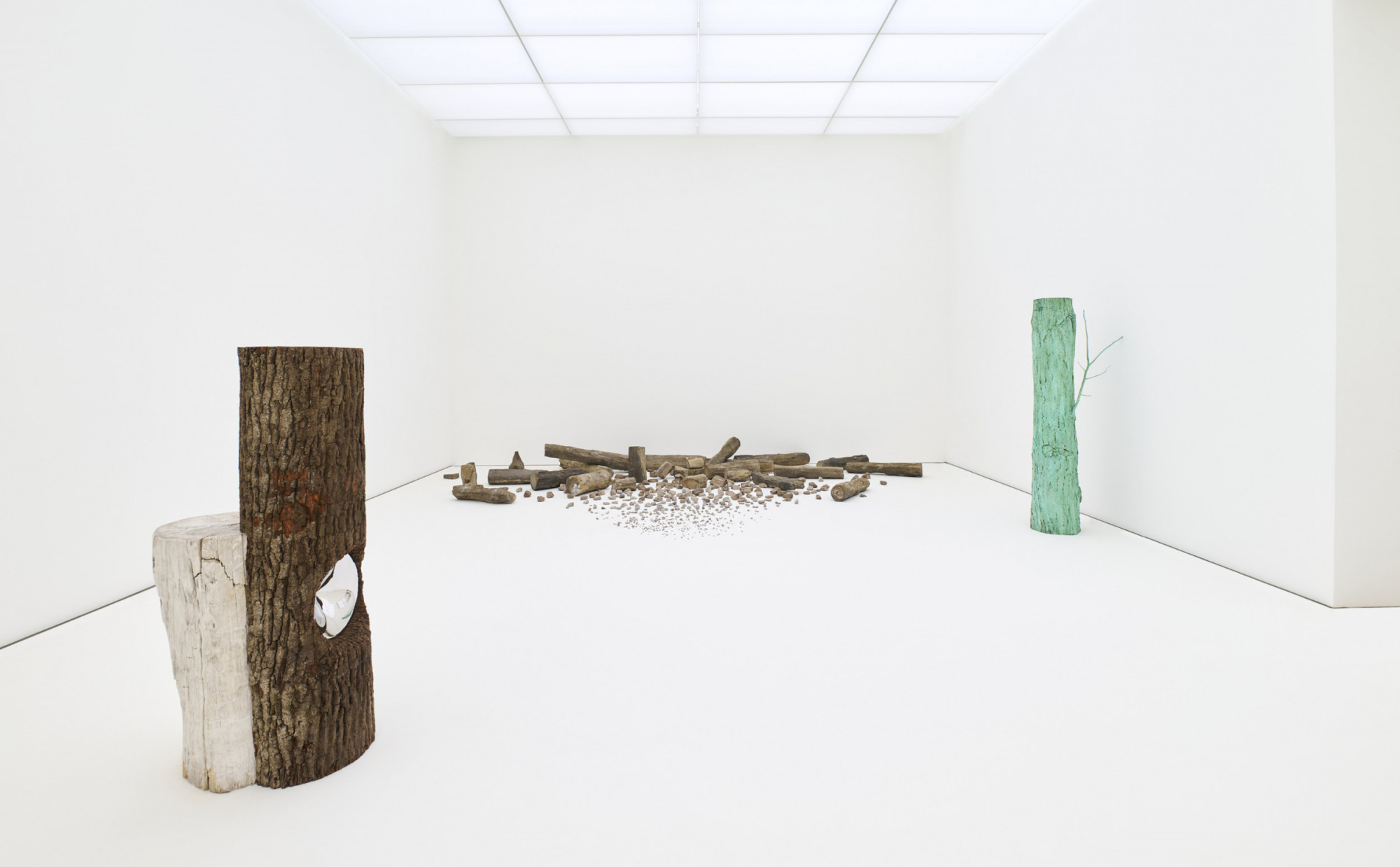
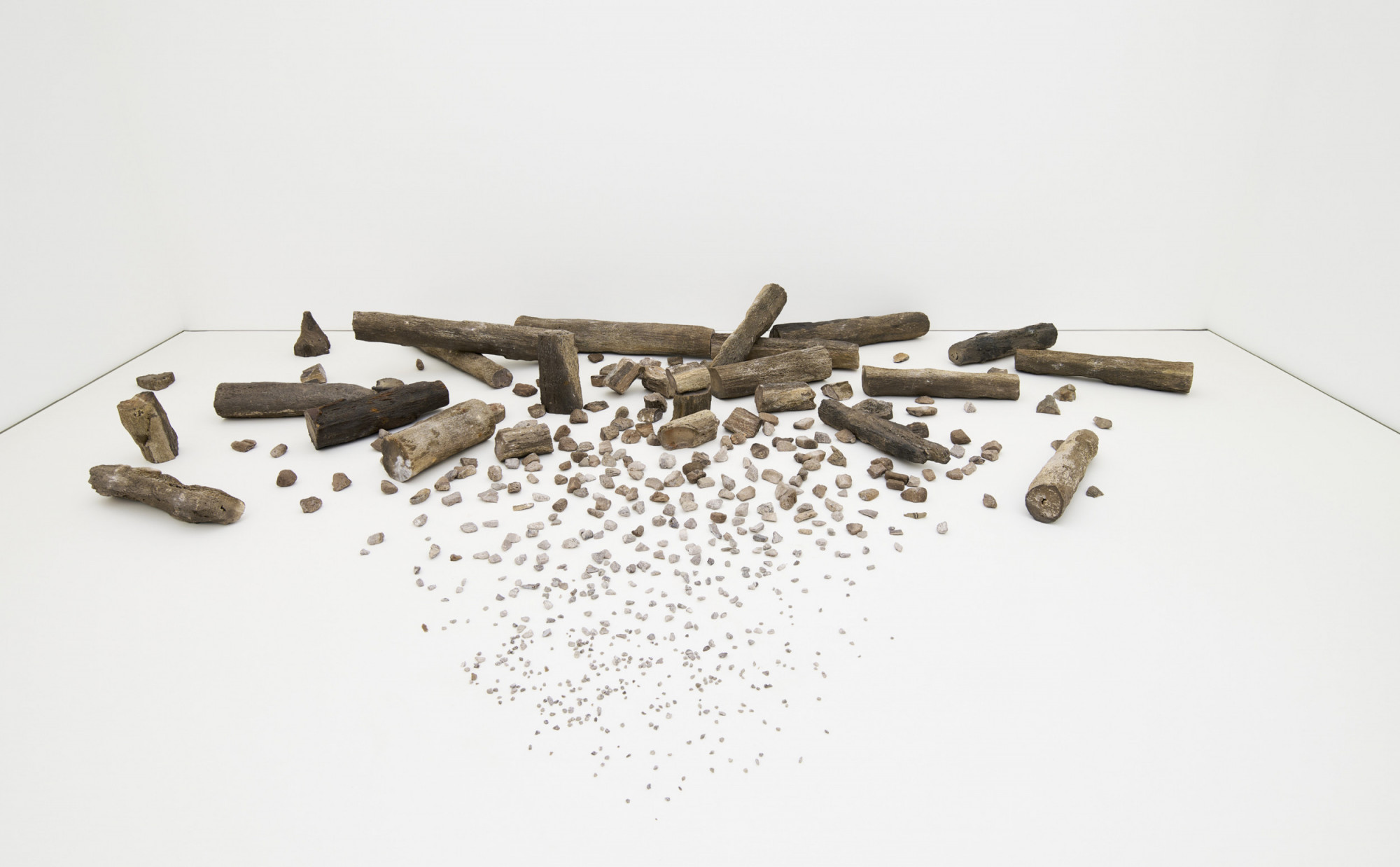
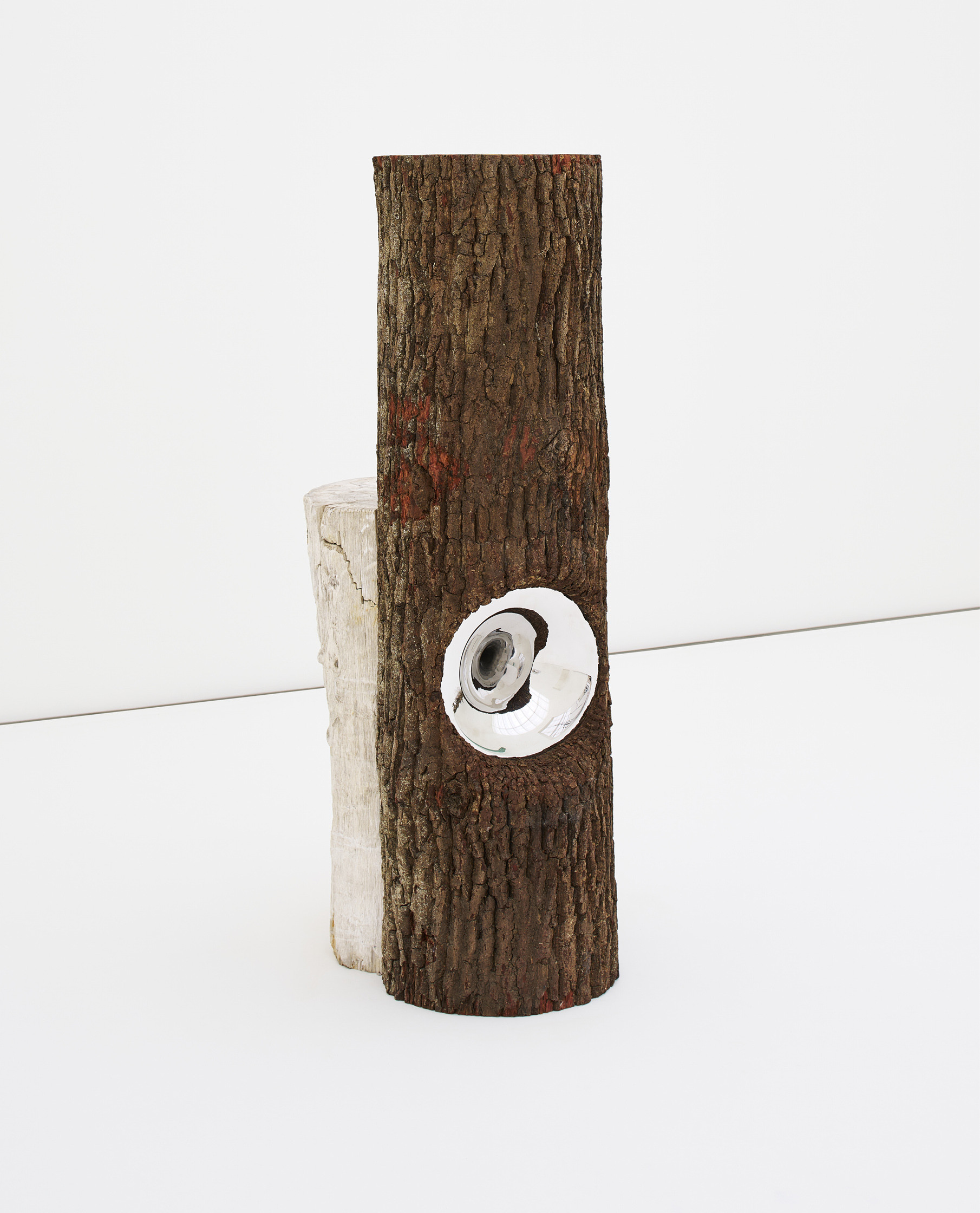
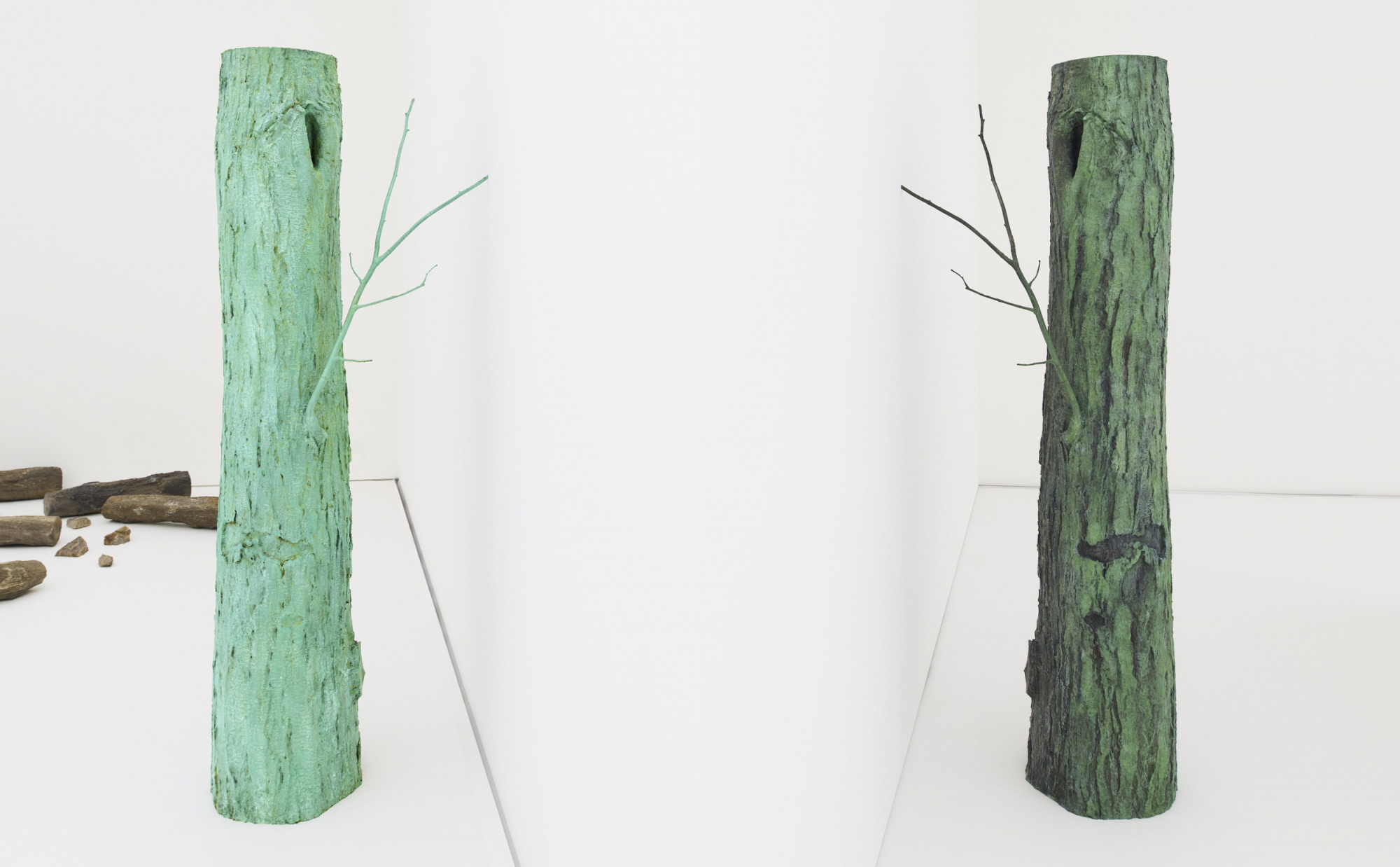
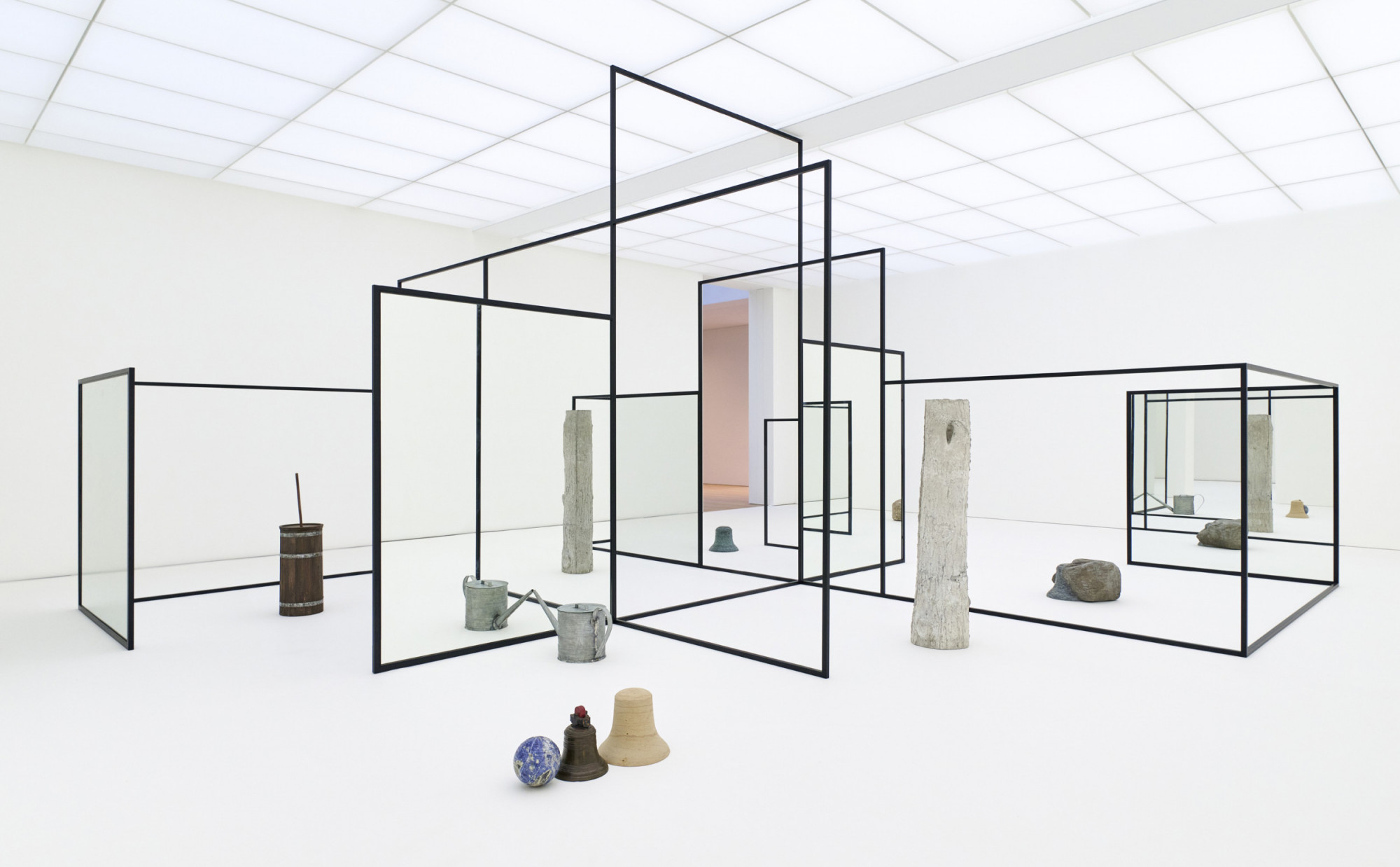
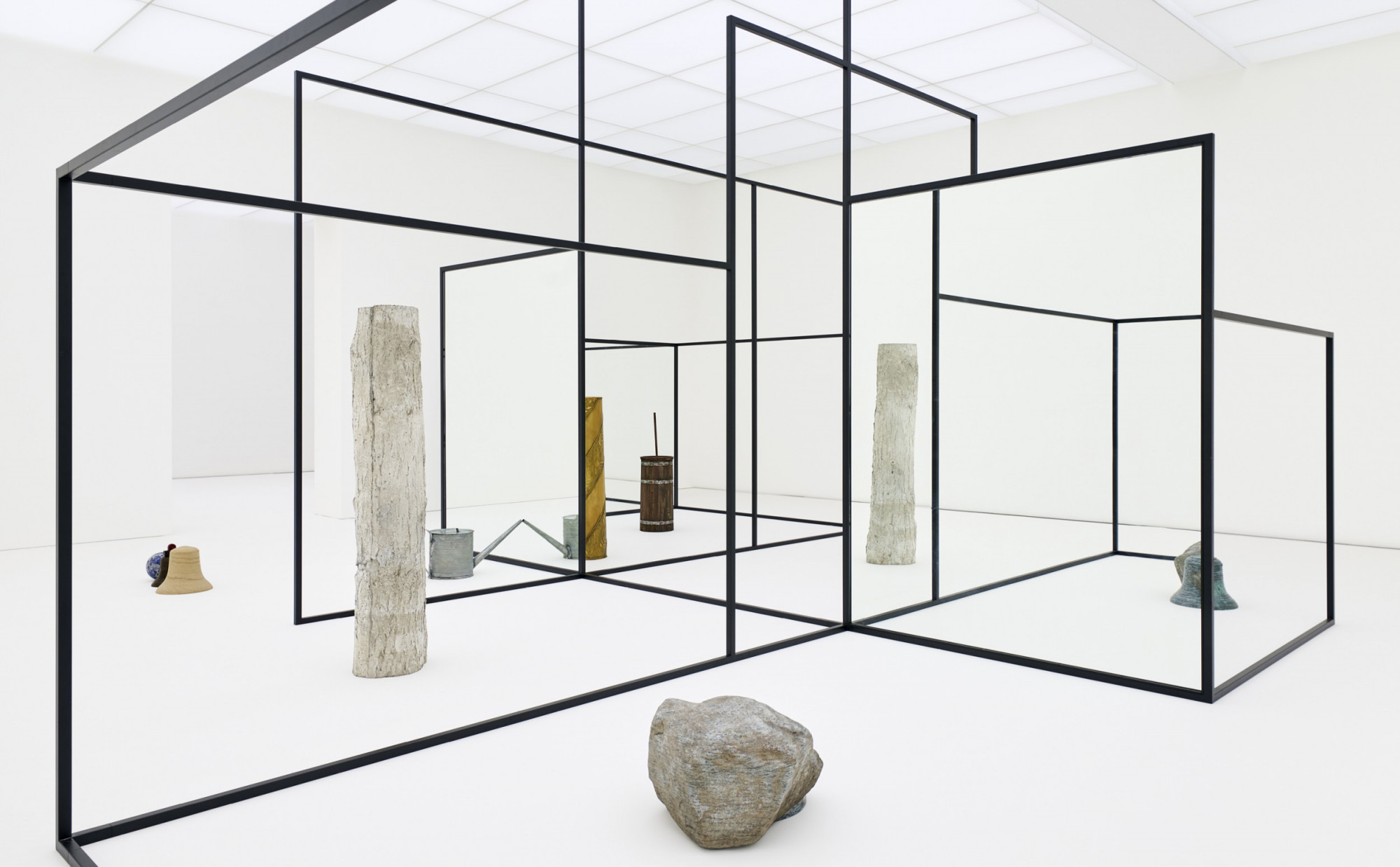
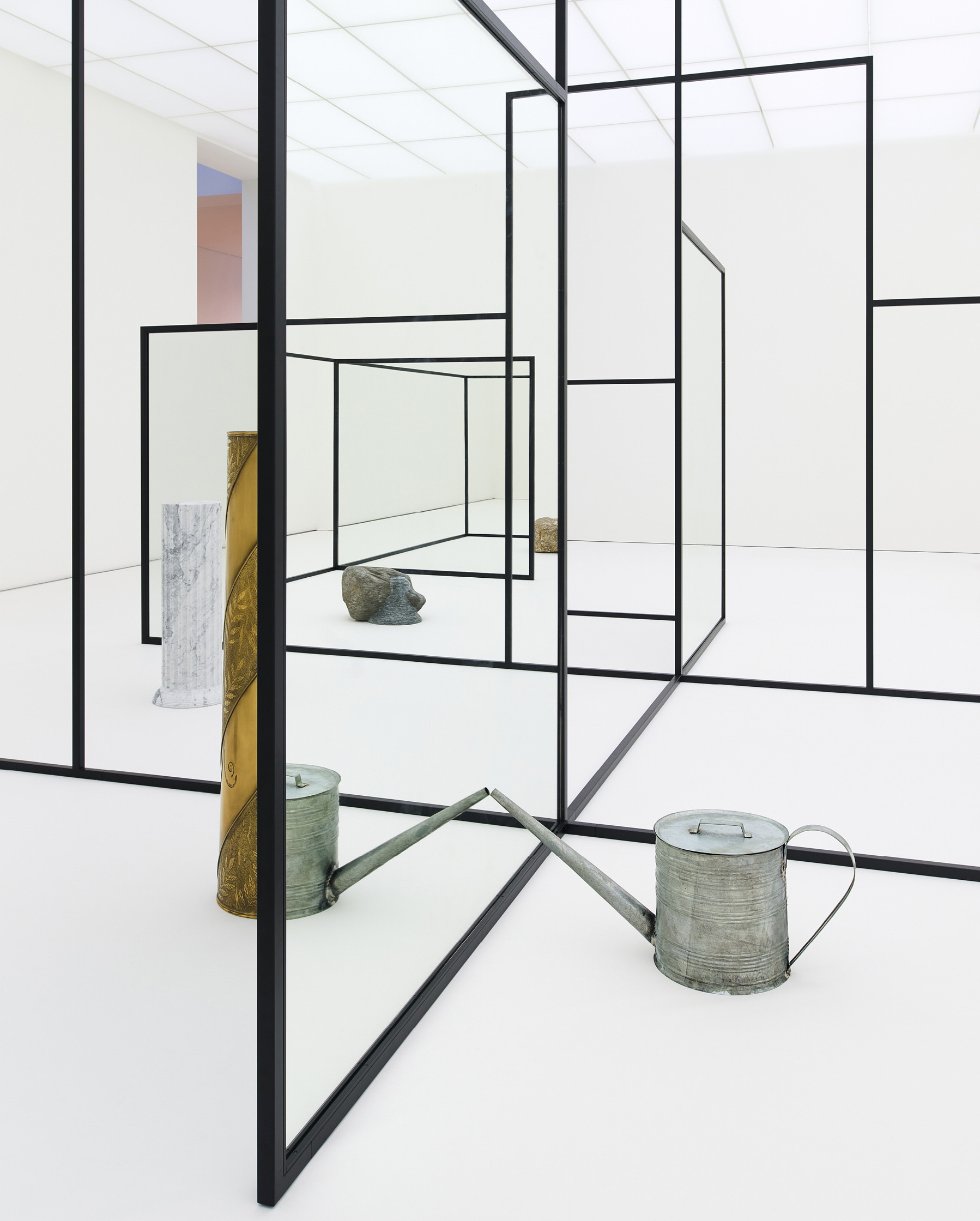
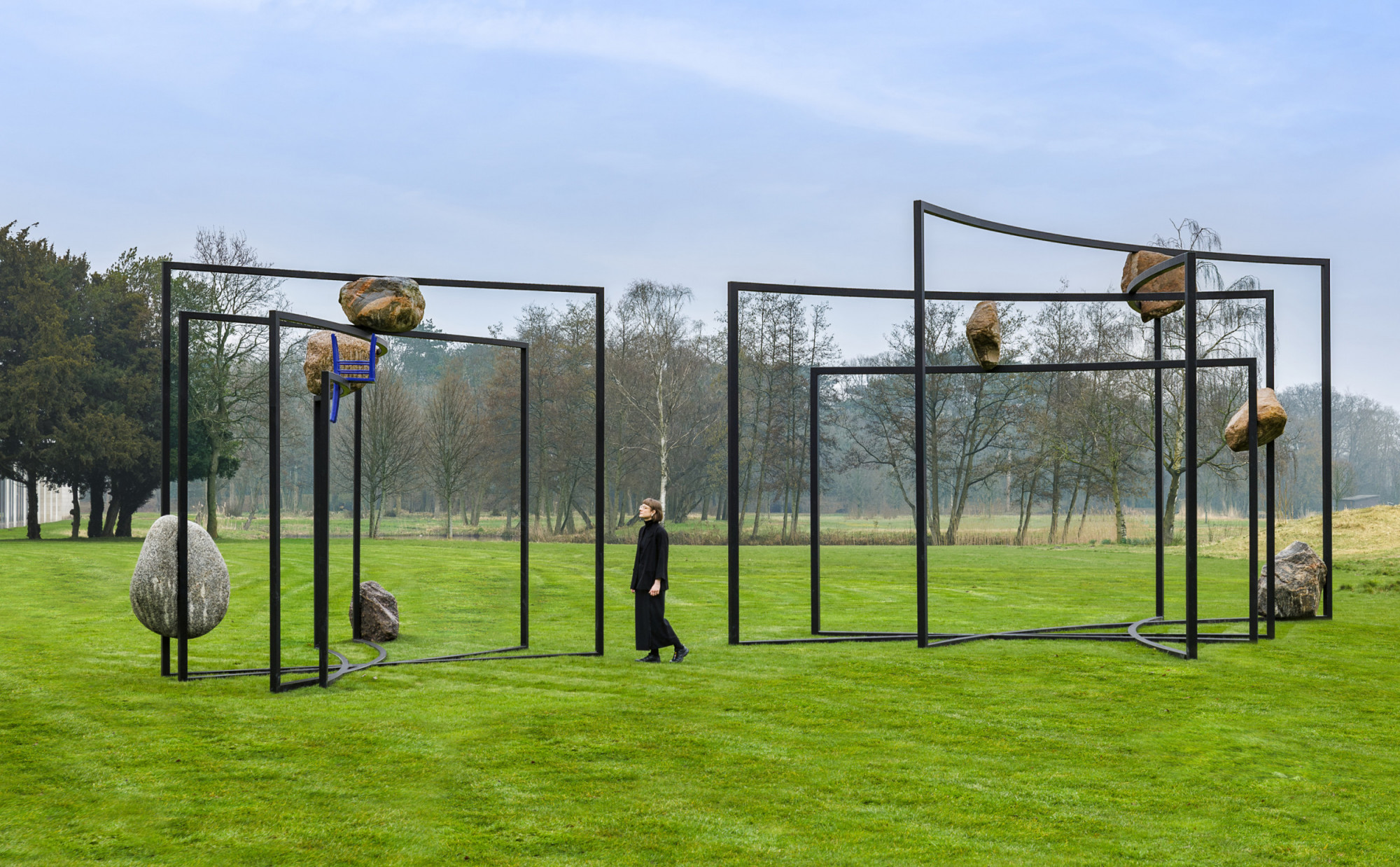
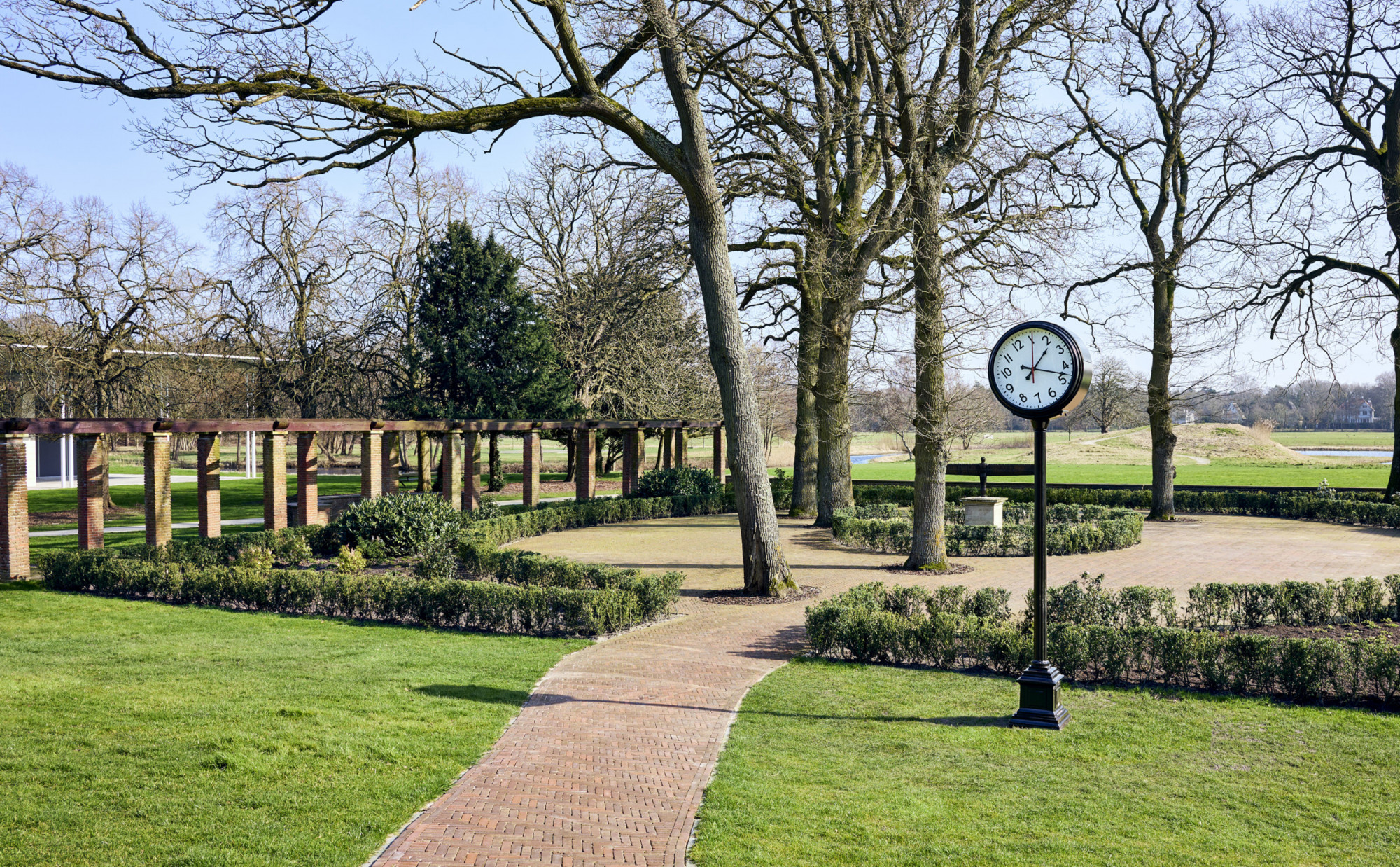
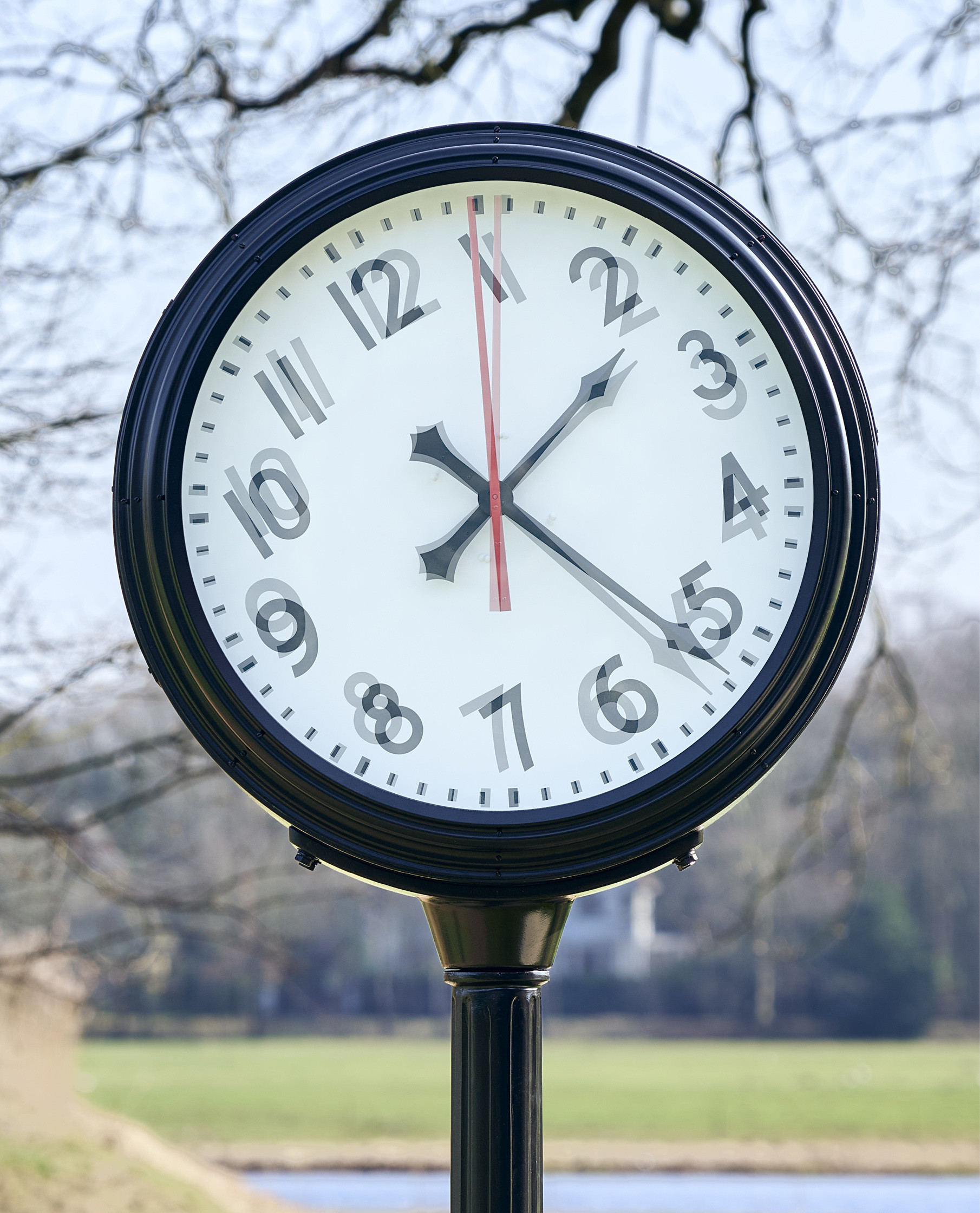
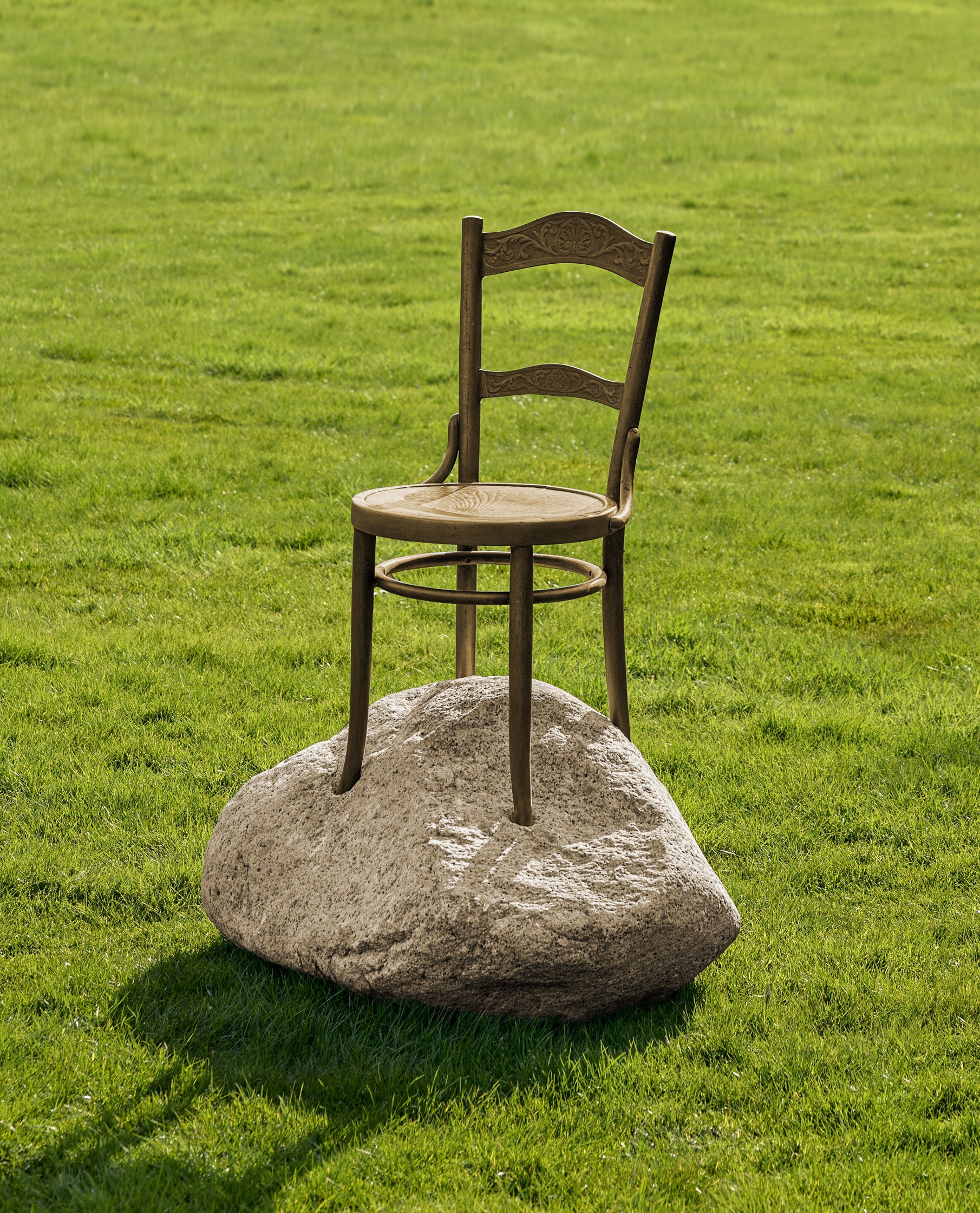
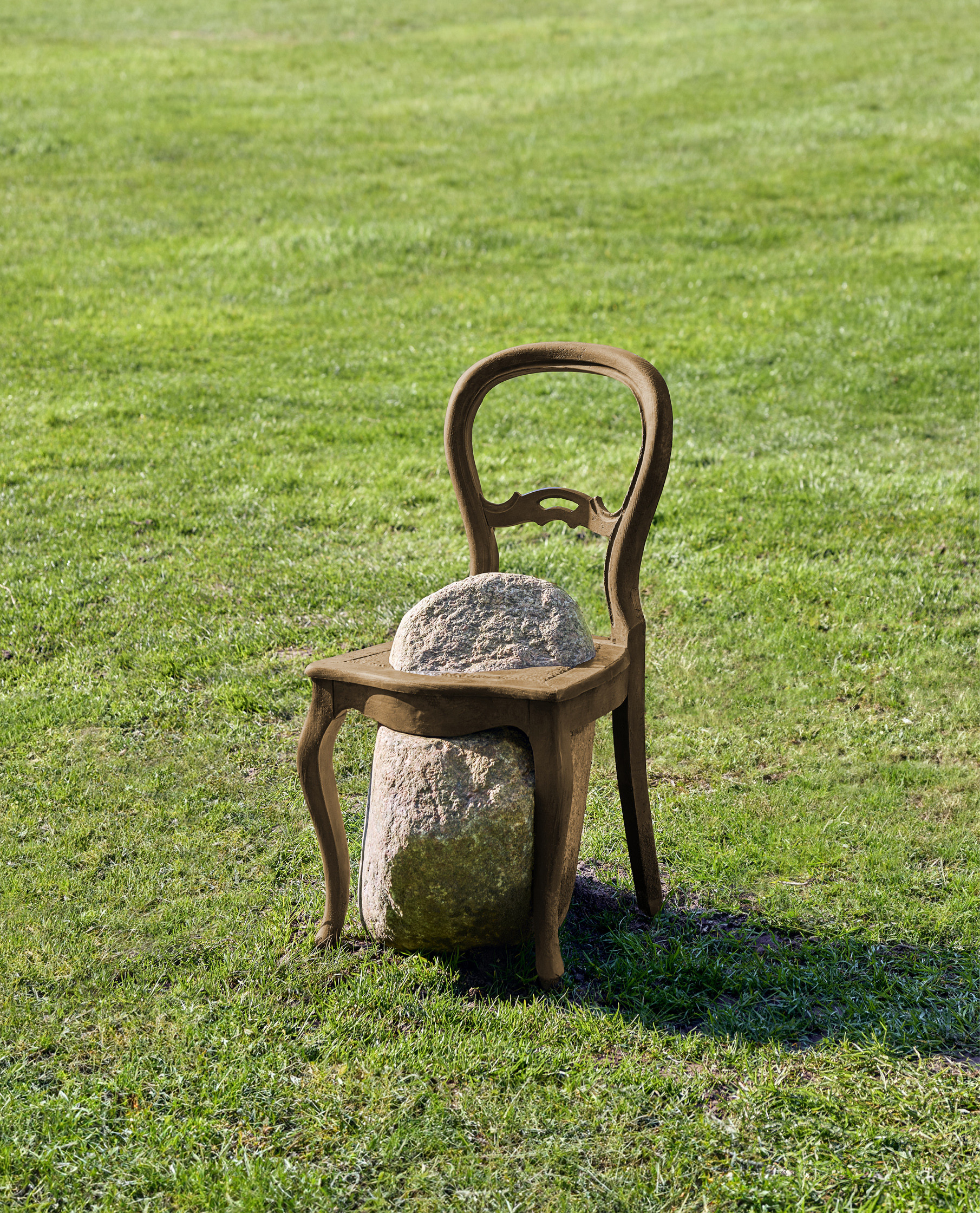
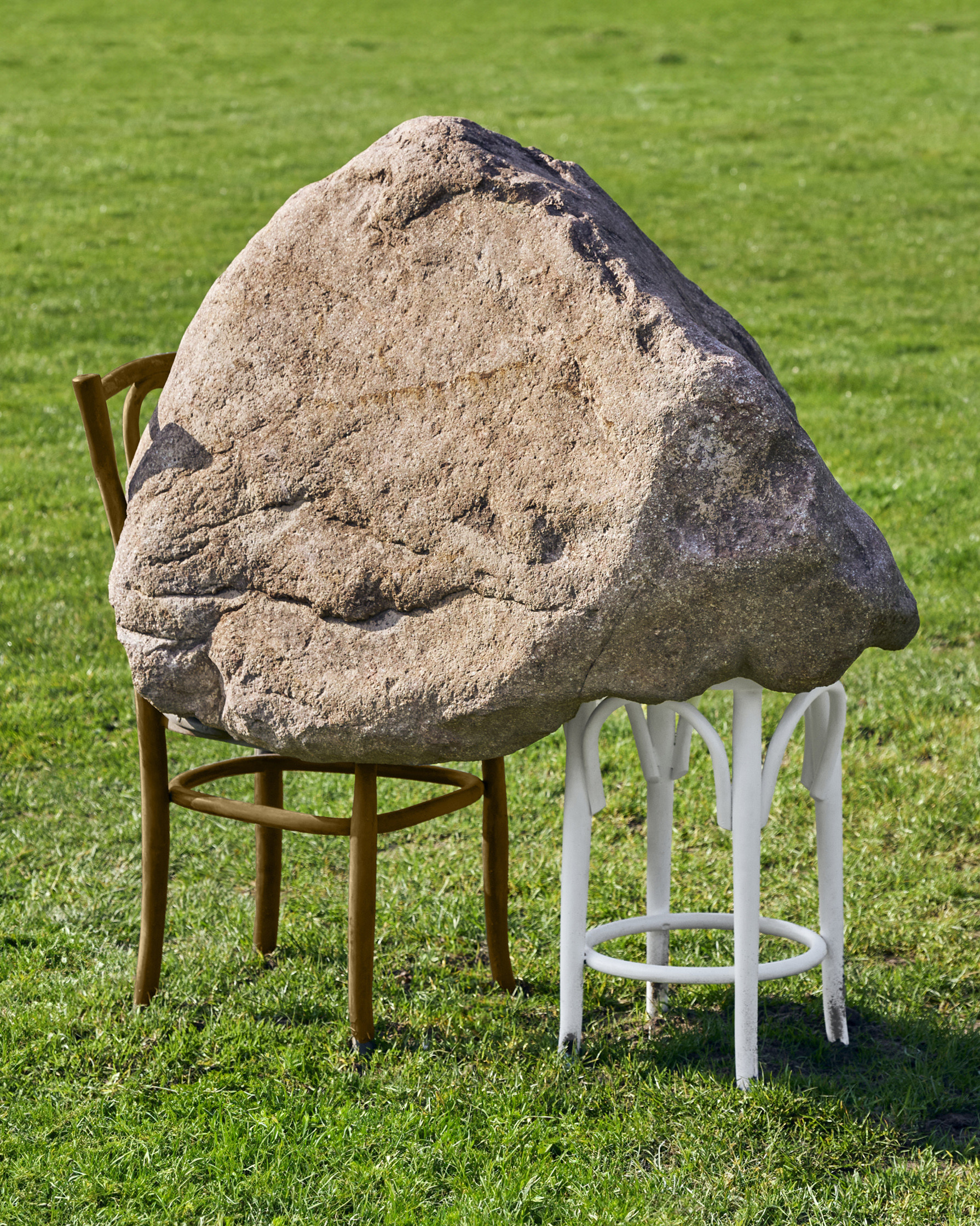
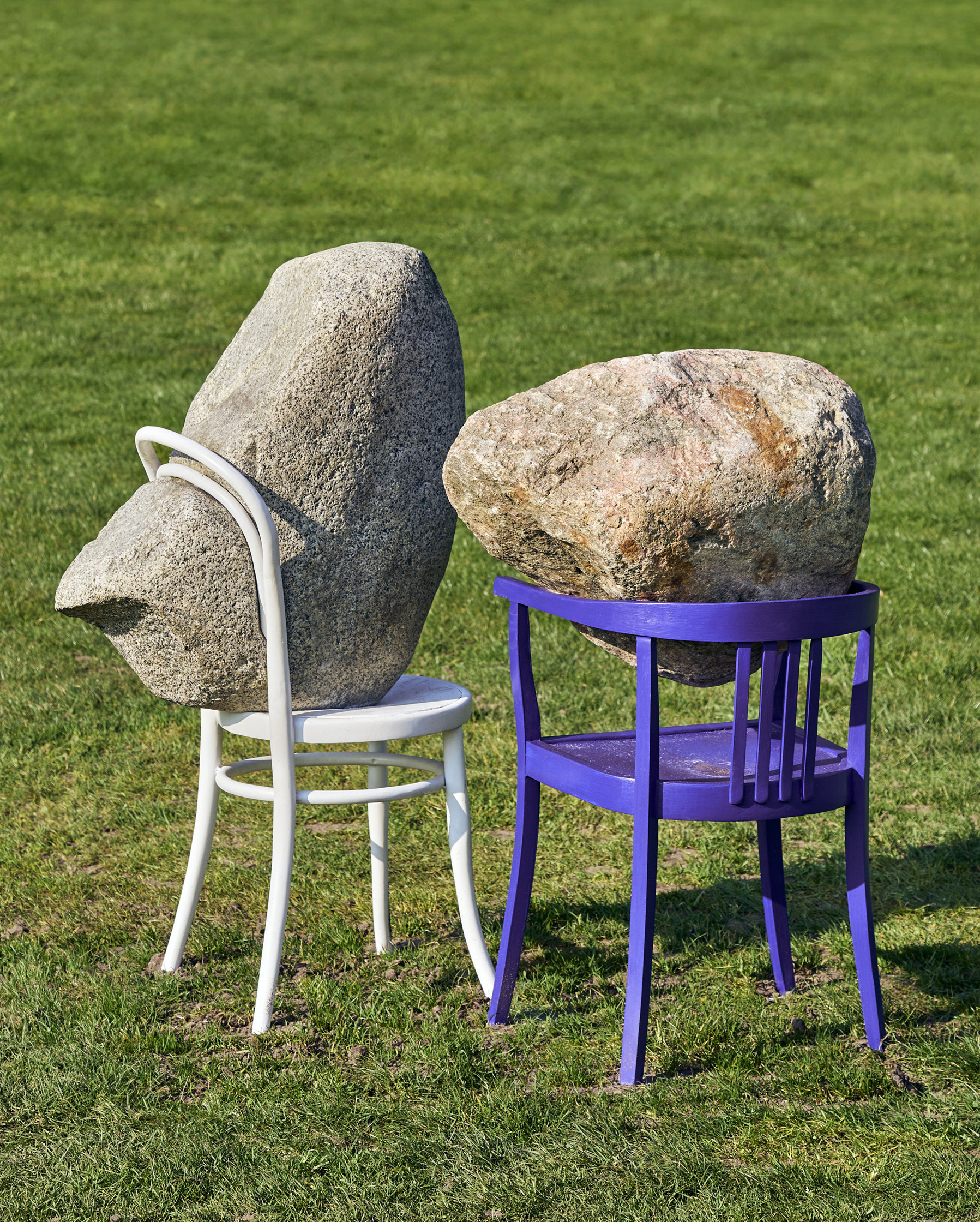
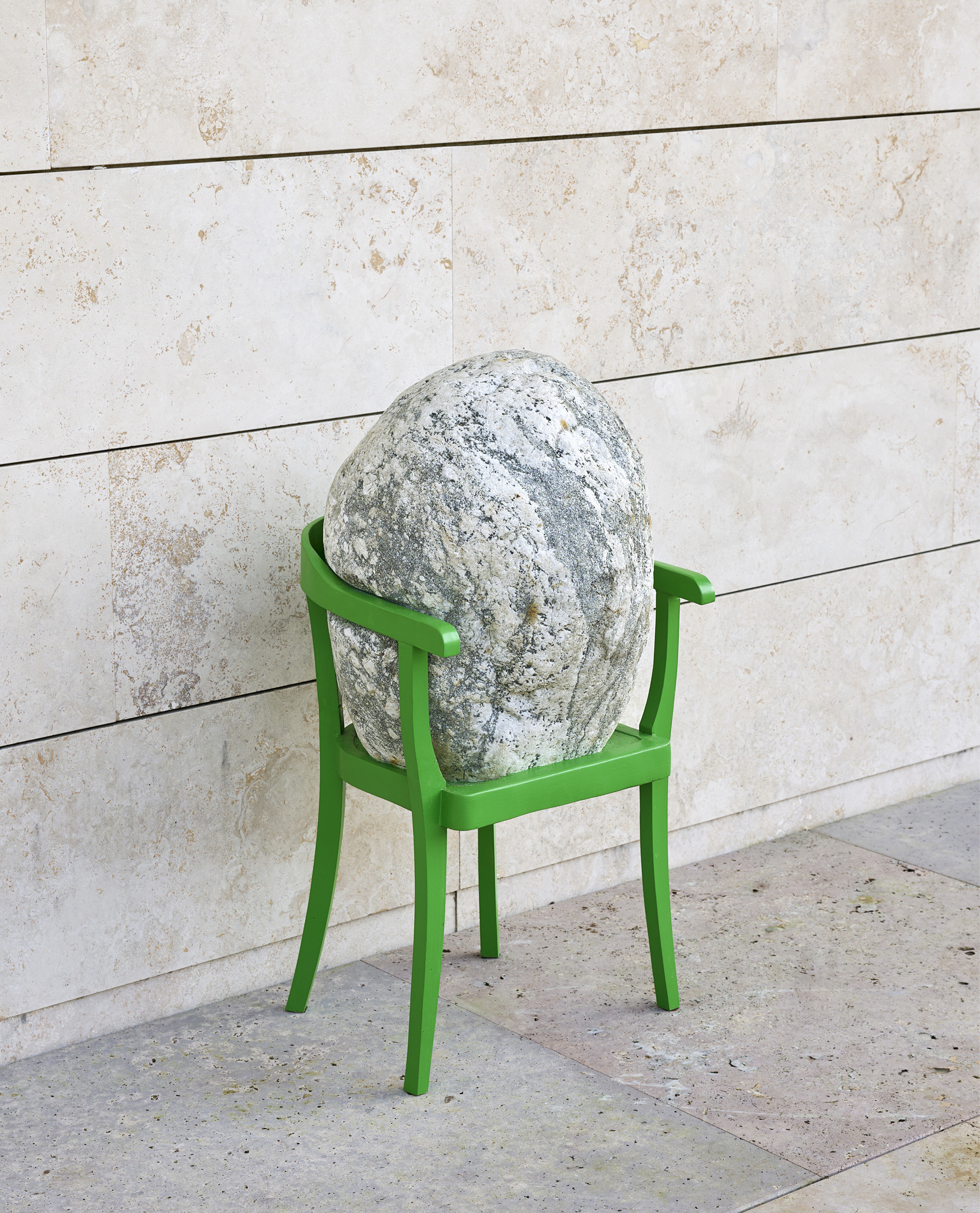
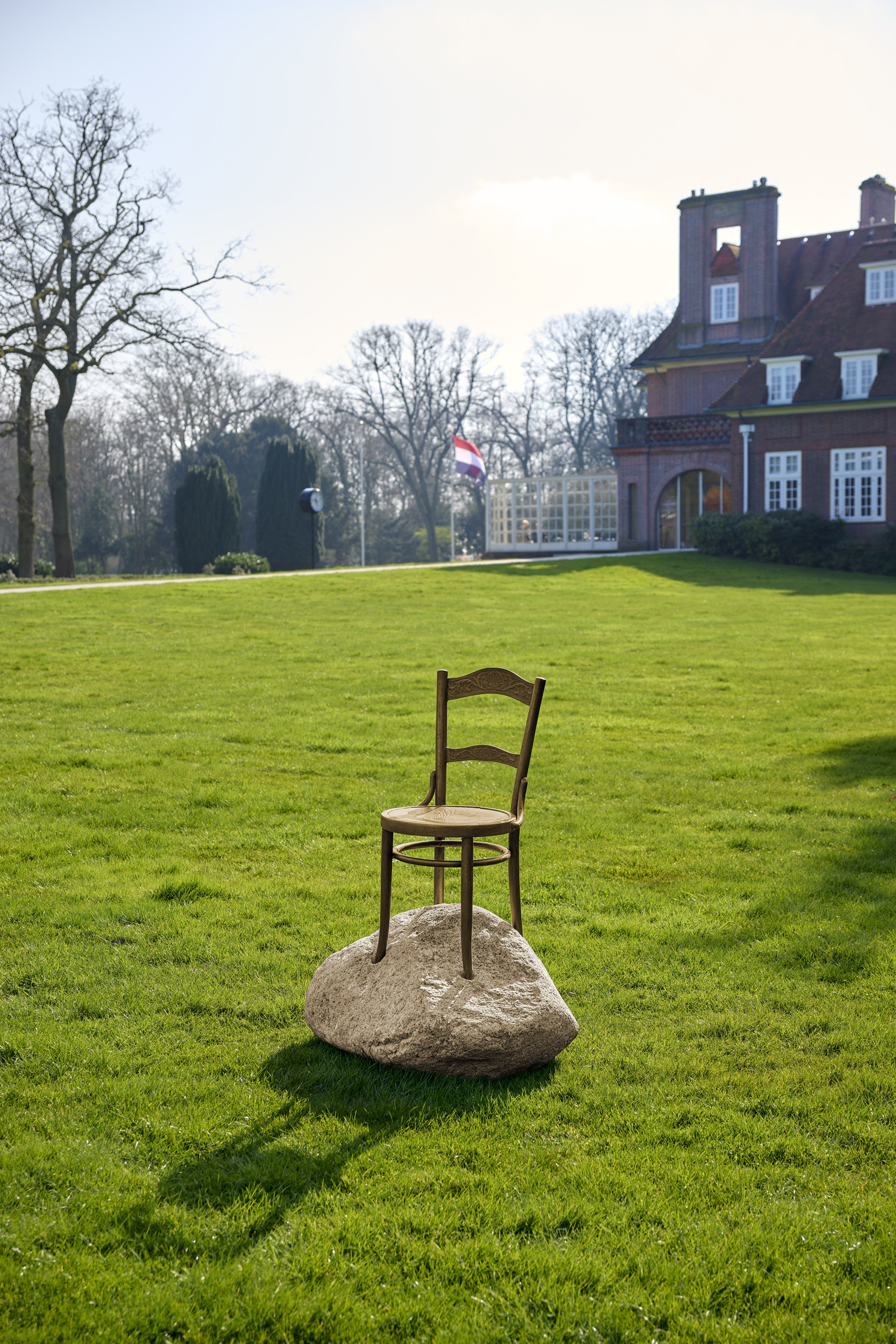
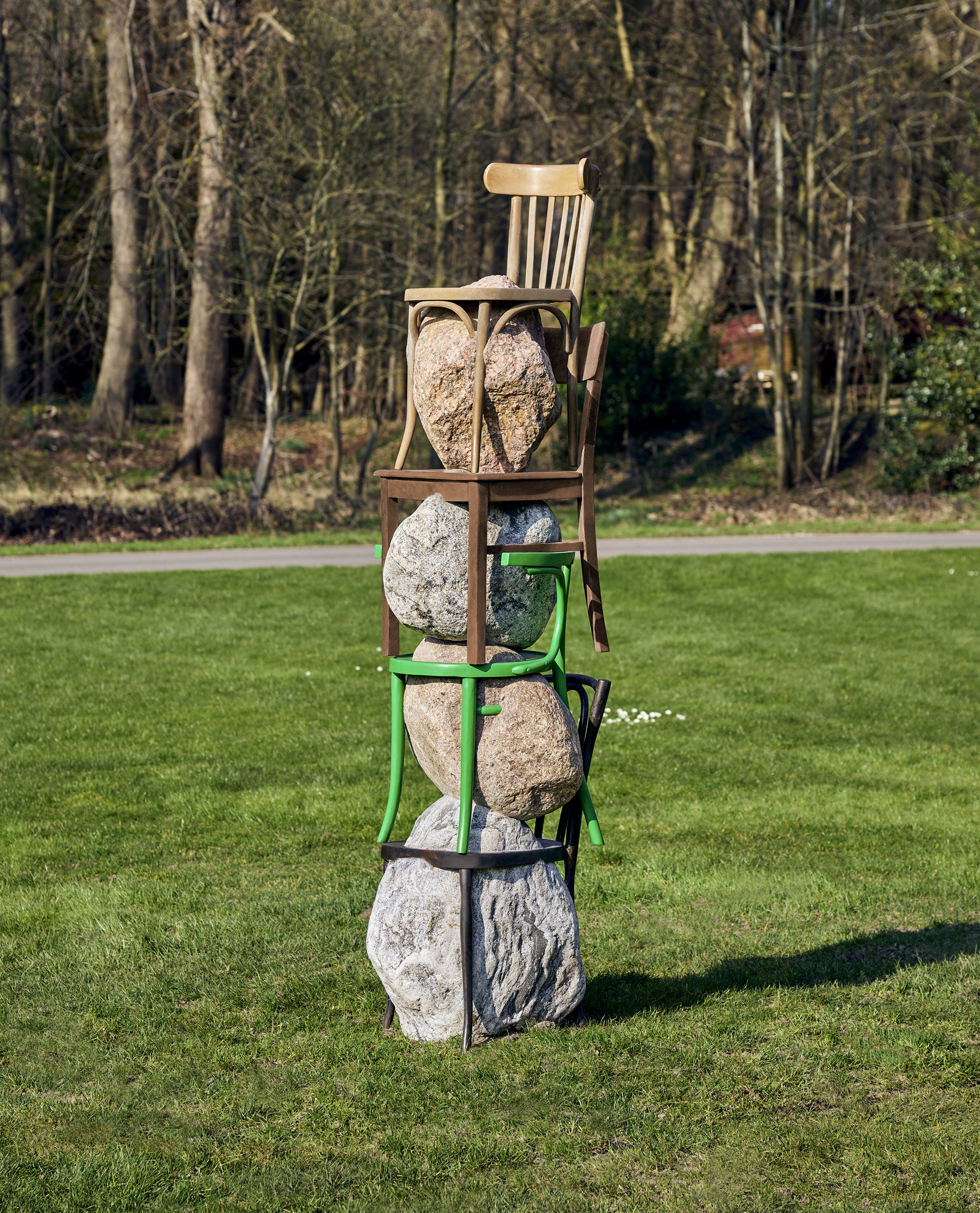
‘Before we know the unknown, it inflames our hearts.’ - John Cage
In her work, Alicja Kwade unfolds the human imperative for things, from abstract ideas to tangible objects. By exploring the malleability, fluidity and our dependence of these constructions, she puts our truth into question.
As human beings, we invent, create and believe in things. We are permanently inventing countless things to facilitate and enrich our lives and to navigate the complexities of our world. Ranging from conceptual notions to concrete commodities and artifacts, from political frameworks to societal constructs; we rely on an array of elements to comprehend our world, to function within society, to maintain an awareness of our reality. These constructs serve as essential building blocks and without these fundamental elements, our understanding of time, space, and identity would be elusive, probably leaving us disoriented in a world devoid of structure. Alicja Kwade calls this ‘die Notwendigkeit der Dinge’, or the necessity of things.
Consider the simple concept of a day. We have collectively decided that it lasts twenty-four hours, with the sun reaching its zenith at noon and the moon appearing at night. This construct, our duodecimal time system, is not an inherent truth; it is a mutual agreement. We have conceived this Ding (thing), because it is Notwendig (necessary), as an indispensable tool for structuring our reality, to live together in society.
Philosophers and scientists alike grapple with the profound implications of our need for systems, models, agreements and objects. As an artist, Alicja Kwade is interested in what exactly those things are which we are agreeing on. She’s interested in who decides, who defines, how things come into being. For example, why and when we call a certain pattern of atomic structures a table, or a television, or why a clock runs ‘clockwise’ and not the other way around. And if each thing has its own essential being or if it only exists because we recognise it is as such and have assigned a word to it.
In her work, Alicja meticulously tries to take things apart, down to the smallest detail, to the minutiae of the atomic composition, to the point where you can’t go any further, in order to see what remains. In this way, she tries to gather as much information as possible to find out exactly what a particular thing is. Science and philosophy both serve as guide and muse.
In Alicja’s work, you can see a fluid interaction between the physical world and the definitions we assign to it. The things we invent, make and believe in are always closely linked to our physical or social needs; we use them, we relate to them, we interact with them. Her work tells us about this in minimalist poetic imagery. For example, a pile of glass grains might stand for collective moments of people drinking vodka in a bar. The pointed pile could also refer to forgetting time when under influence. But you can also see the pulverised bottles or glassy sand as residual material. Materials often have no single meaning. As such, a chair in a tree trunk is both a chair and a tree trunk.
Simultaneously, Alicja zooms out and views our world from a distance. This distance creates a liberating effect, it helps put the things we have invented, created and believe in back into perspective. By making stones float and slowly rotate in space, she makes us aware of the fact that we are here temporarily, living only on a rotating rock in a vast, infinite space. Or, as she puts it herself: ‘I find our world absurd, and if you are aware that you are currently moving in circles at 1,600 km per hour and another 29.8 kilometres per second, on a (stone) ball flying through an endless void, with over 8 billion little animals who all believe themselves to be a personality and who all take themselves so seriously; all you can do is laugh.’
What Alicja in Die Notwendigkeit der Dinge ultimately underlines, is that the things we have invented to understand and shape our world are not as steady and rock-solid as we would often want to believe. Clinging to these invented certainties makes us lose sight of the fact that they, in reality, constrain our freedom. By unravelling these constructs, by breaking up the grand puzzle we have laid out for ourselves, Alicja shows us that we can see more and other things we wouldn’t have seen otherwise. And it is precisely within the embrace of uncertainty that, according to the artist, great freedom lies.
Barbara Bos - Head of Exhibitions Museum Voorlinden
@ Images Antoine van Kaam, Bram Vreugdenhil